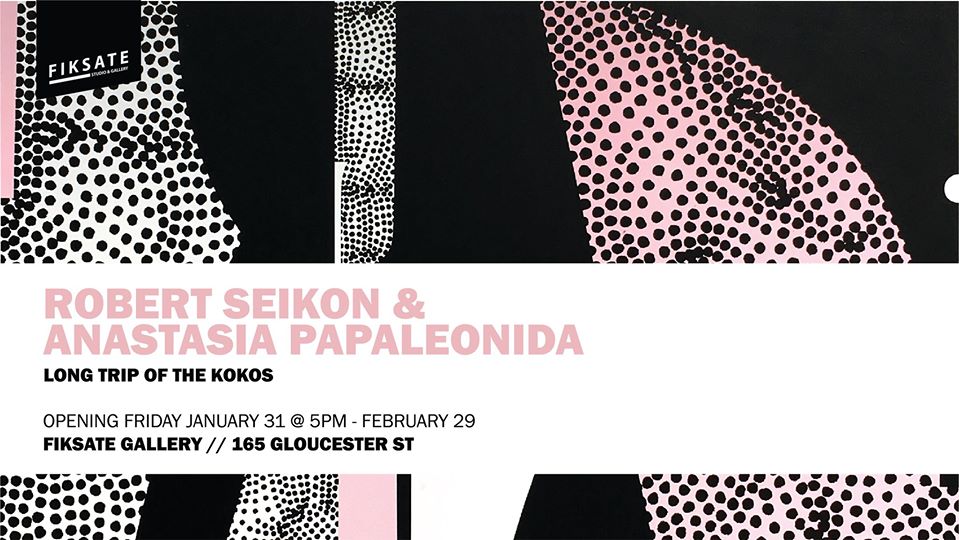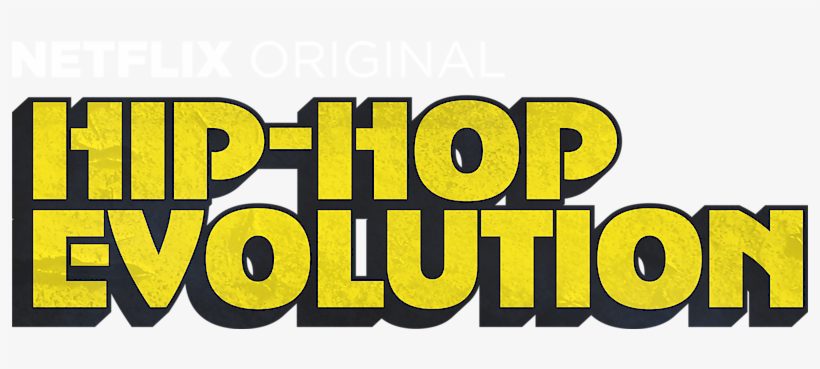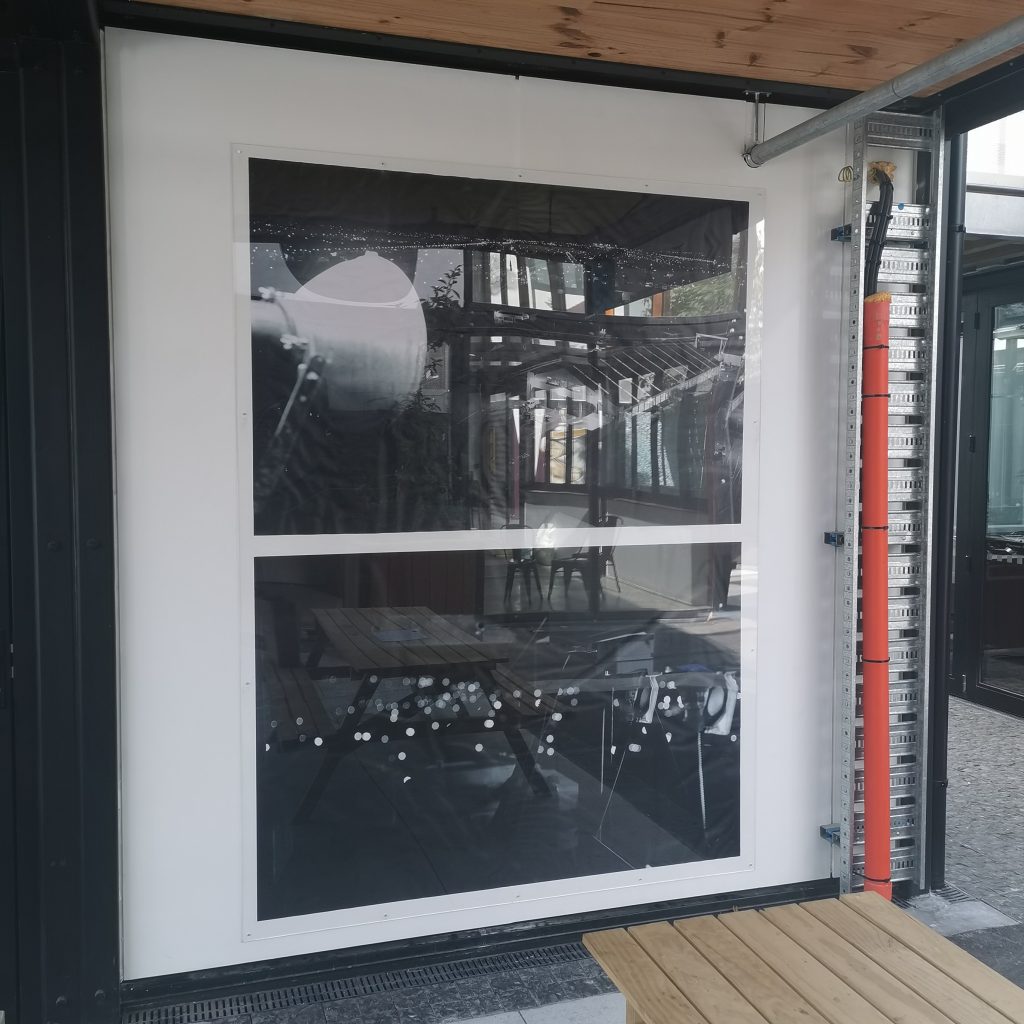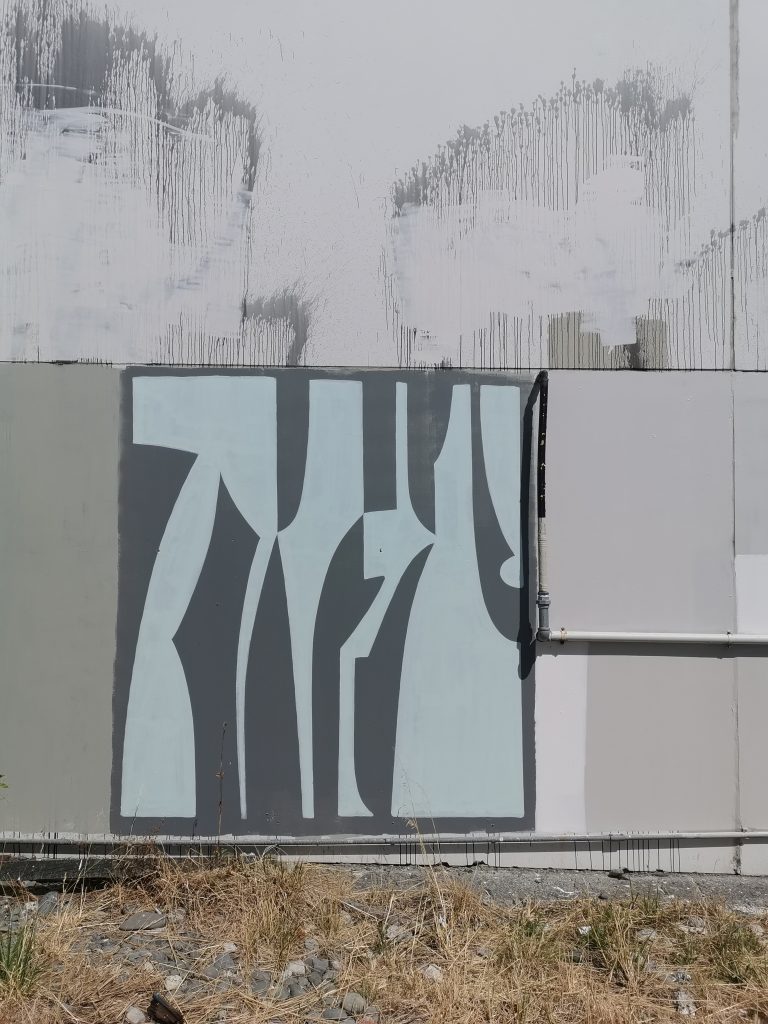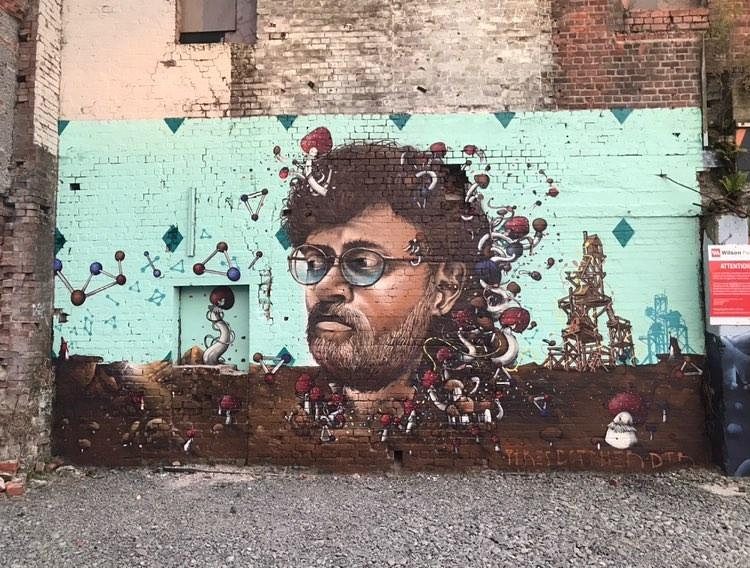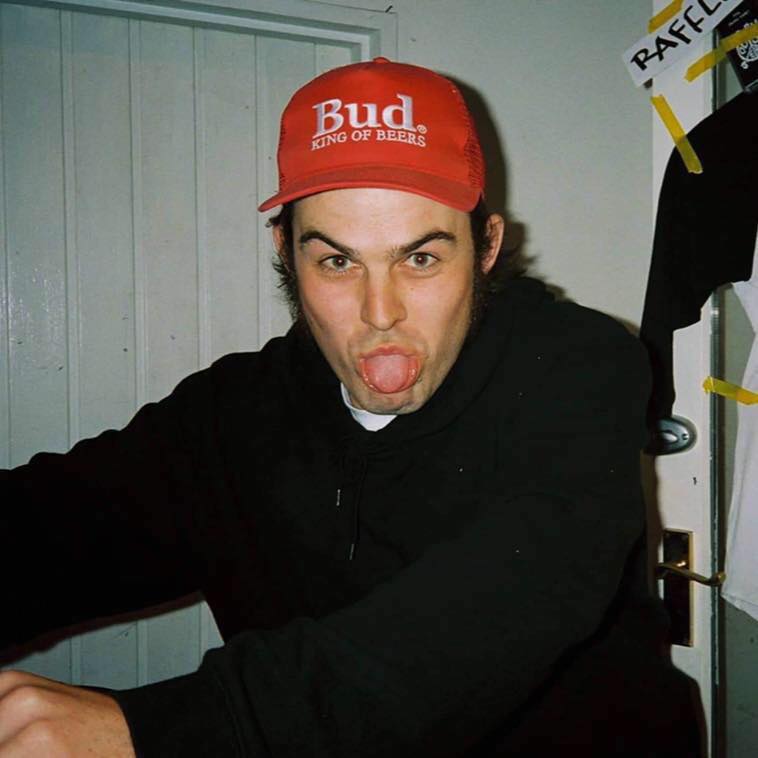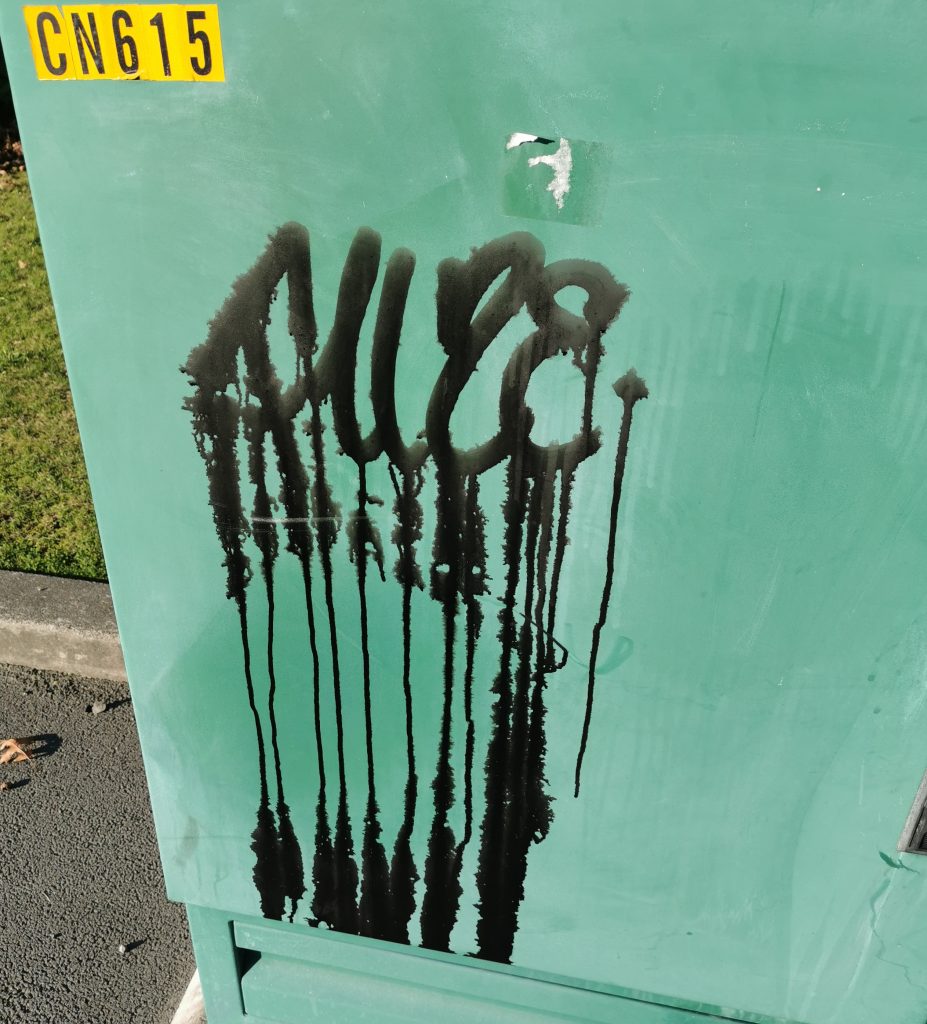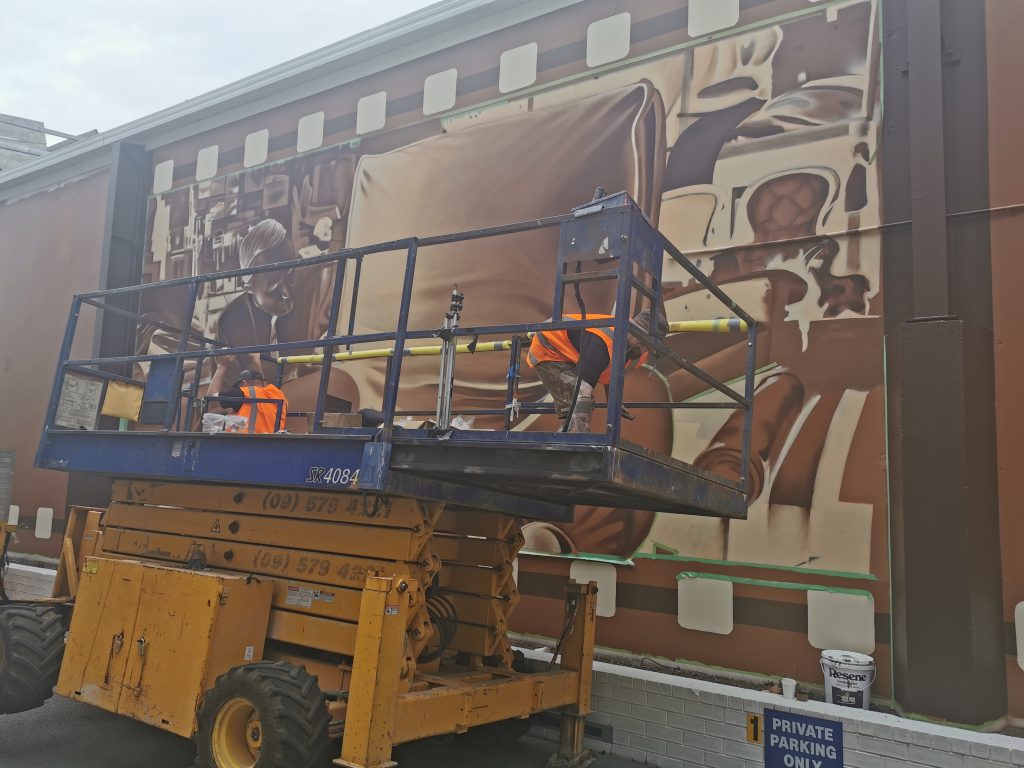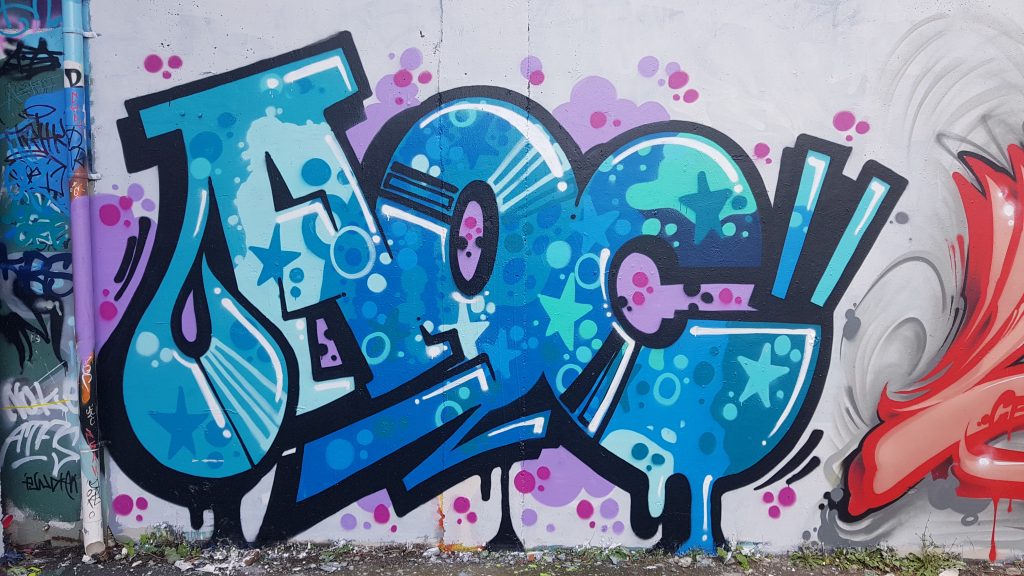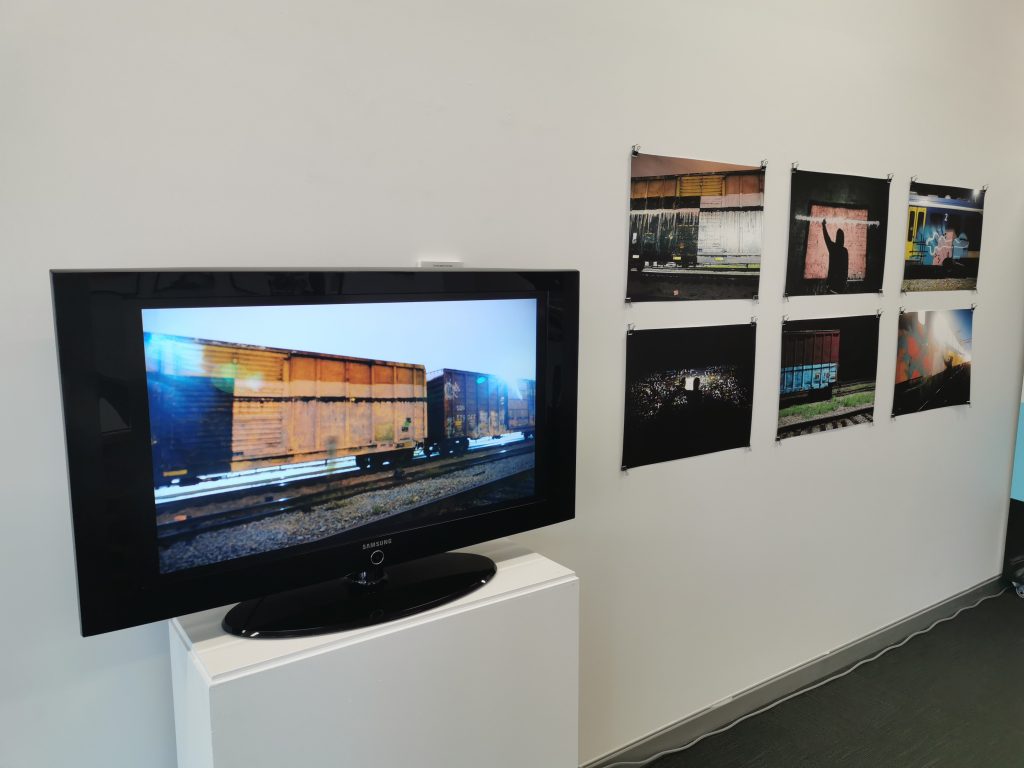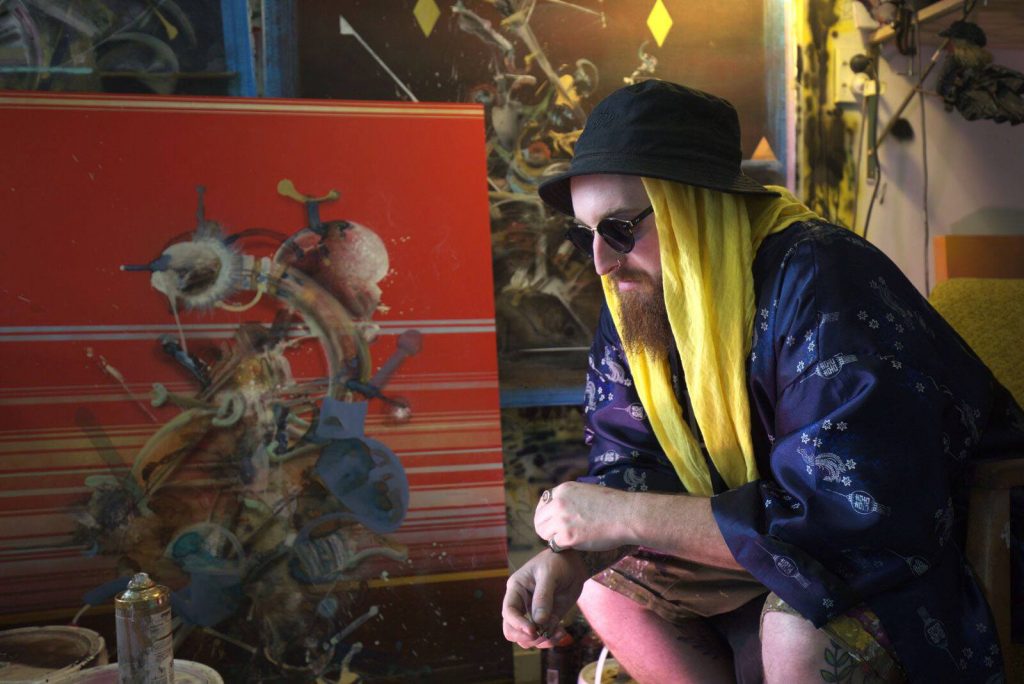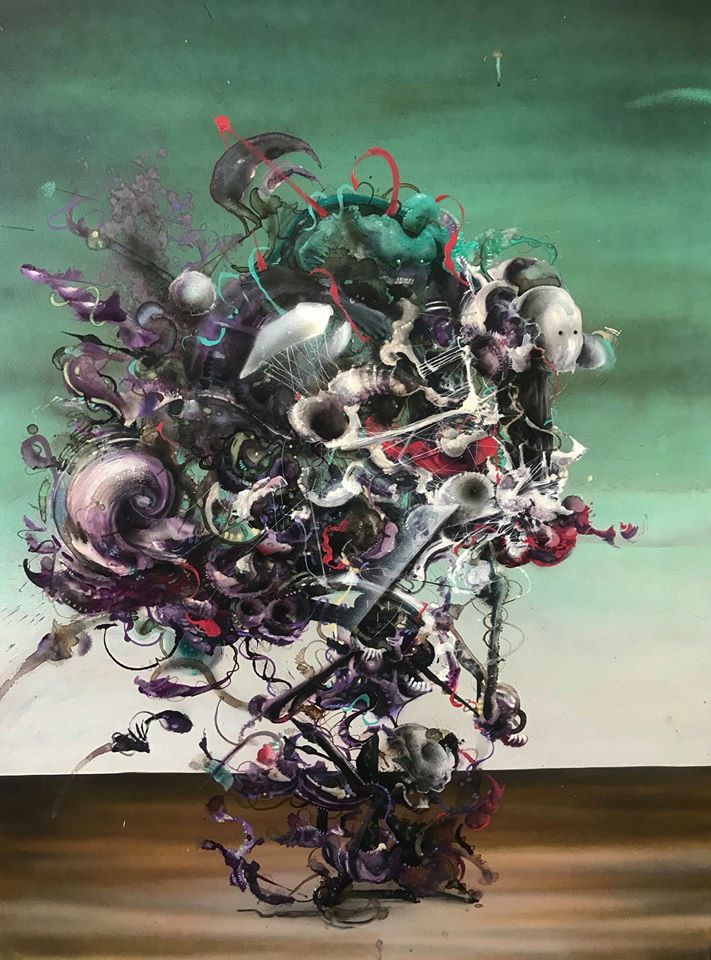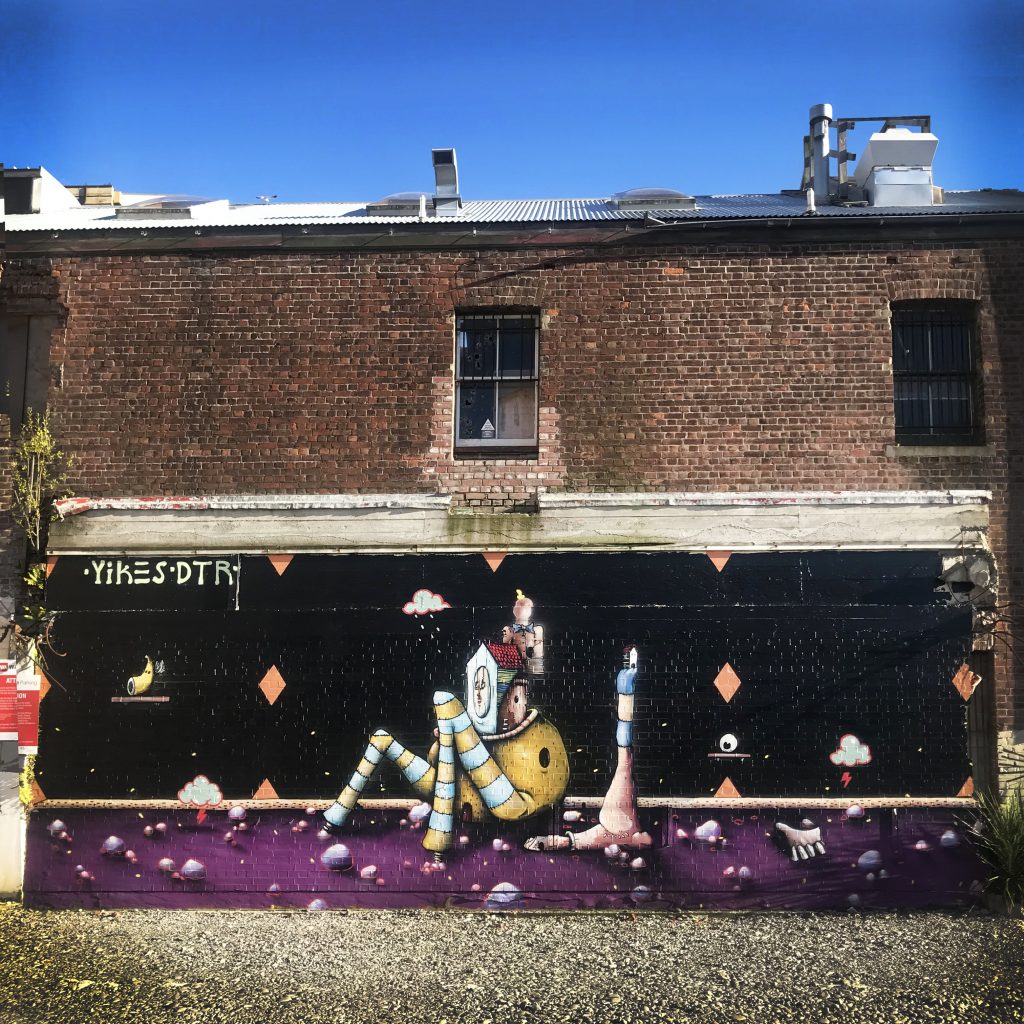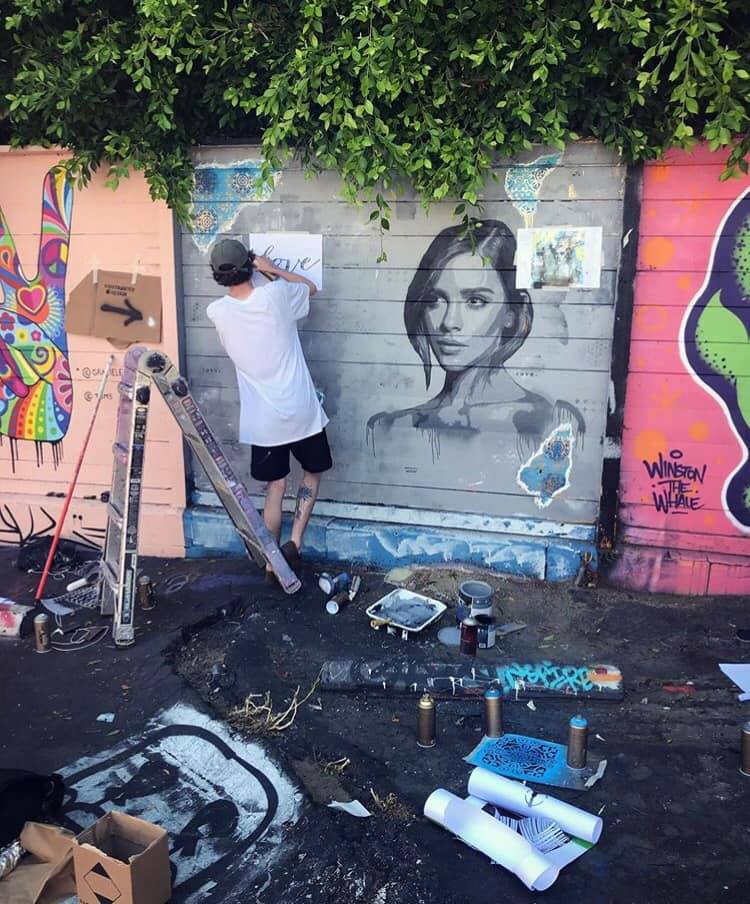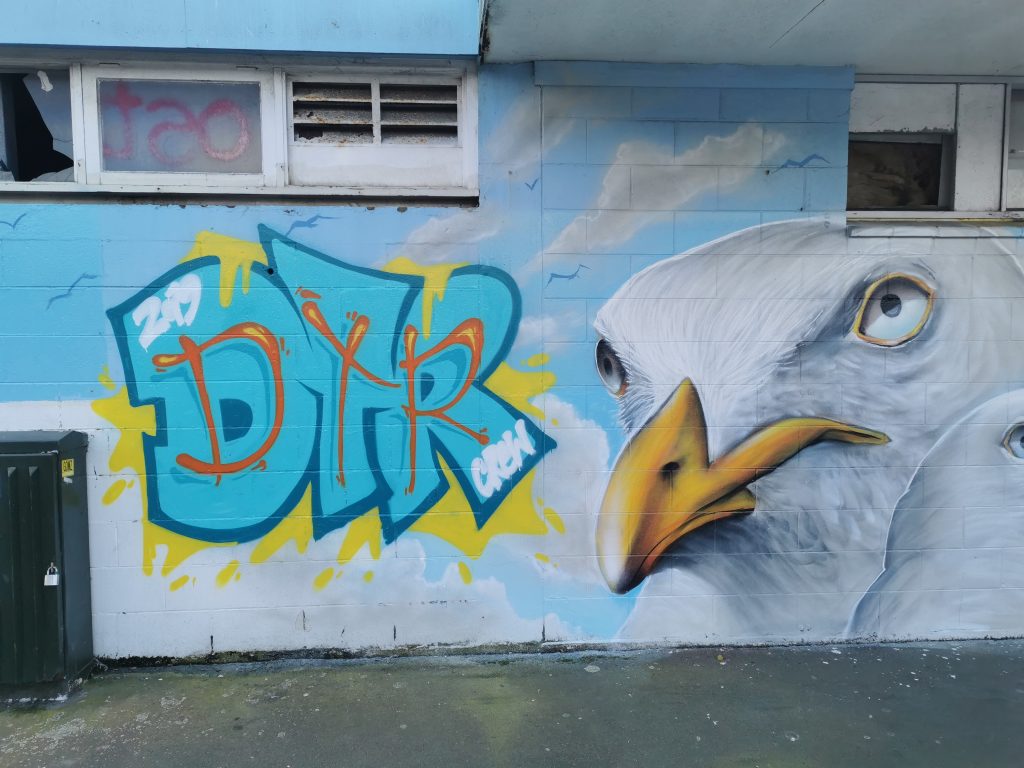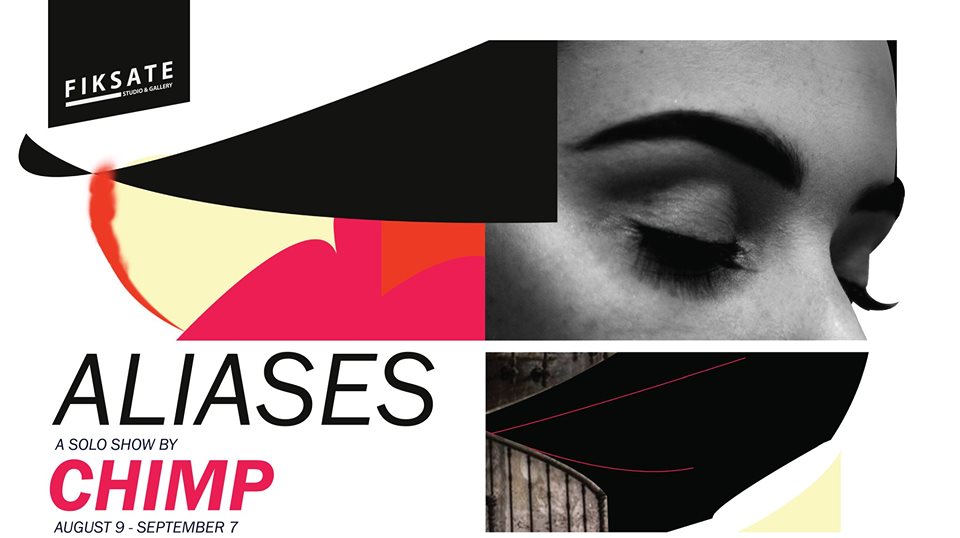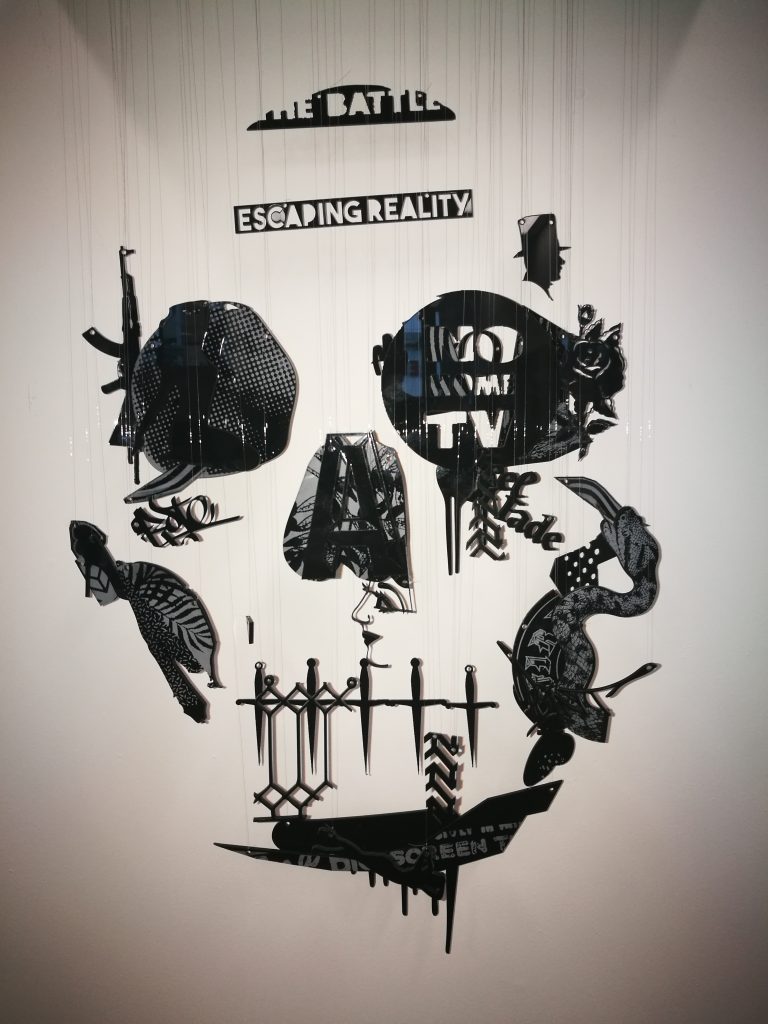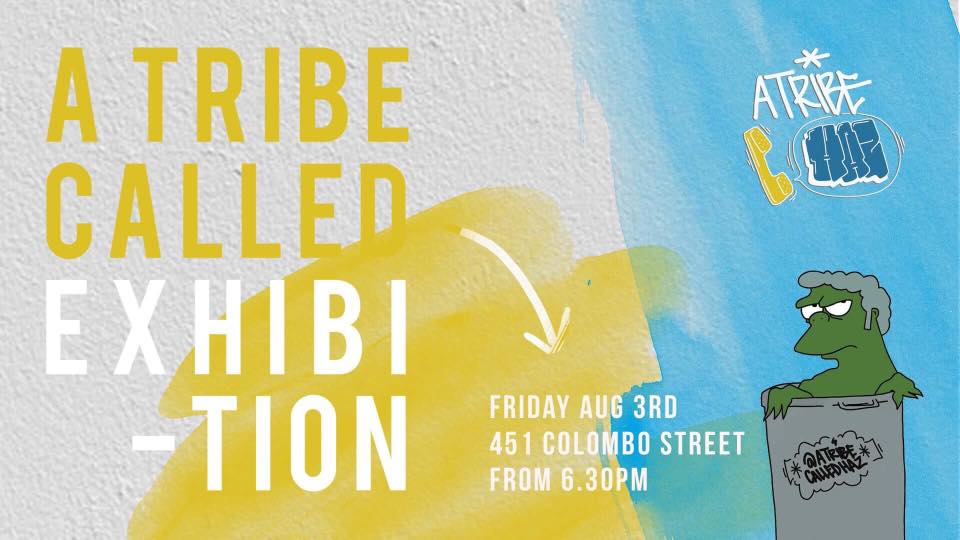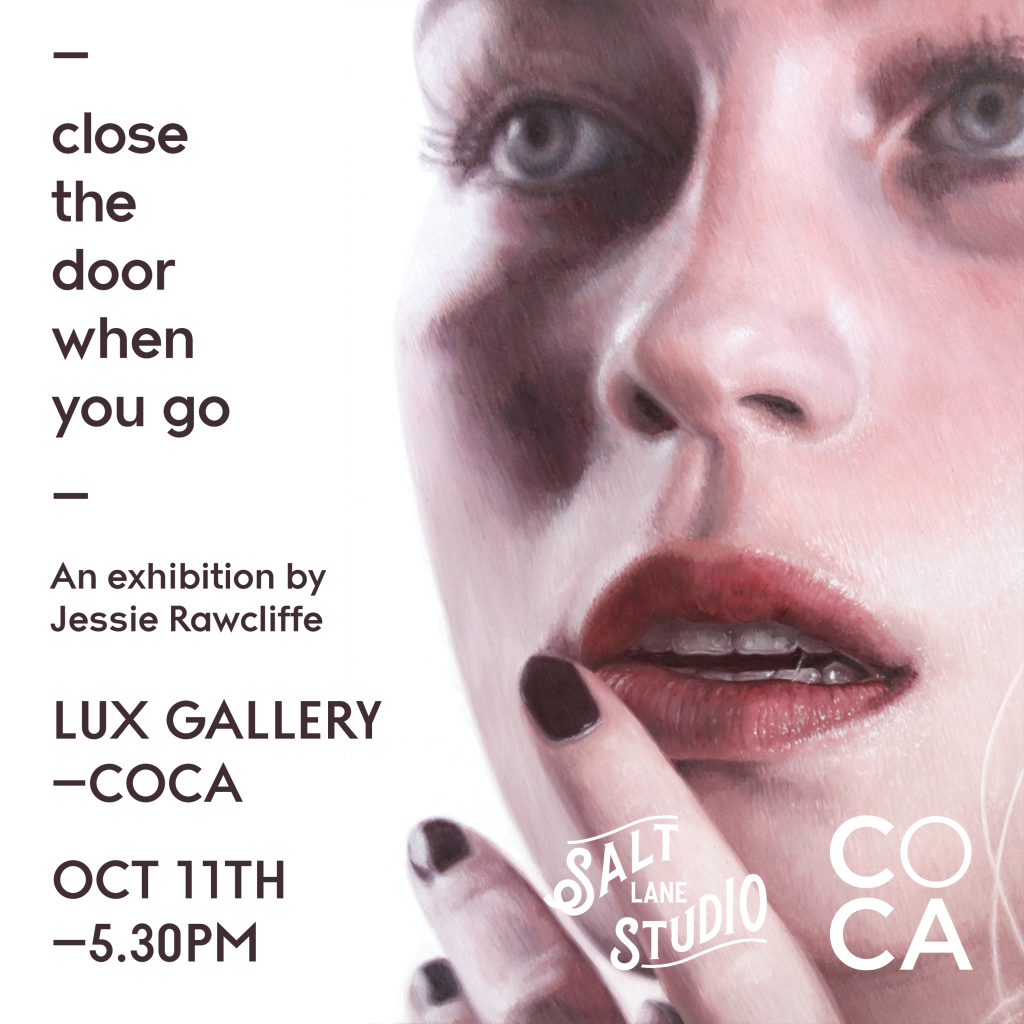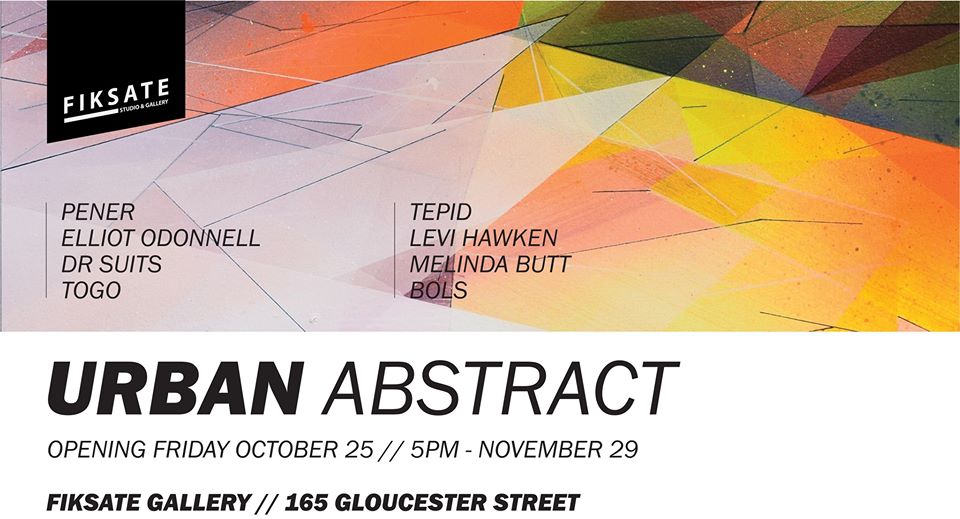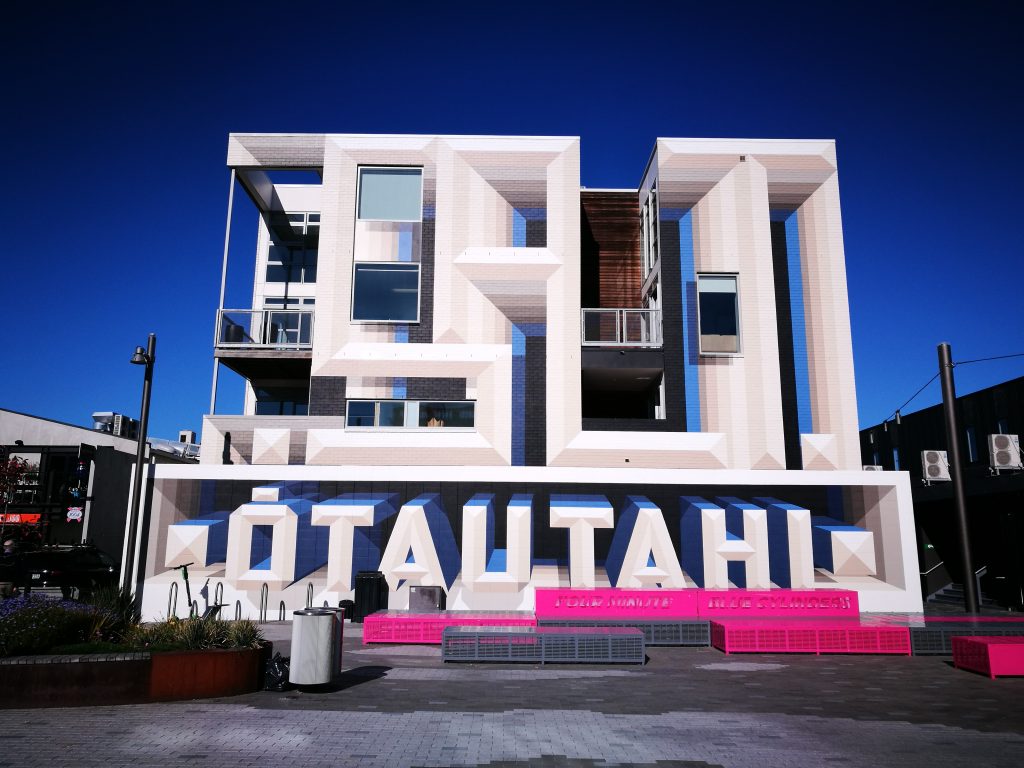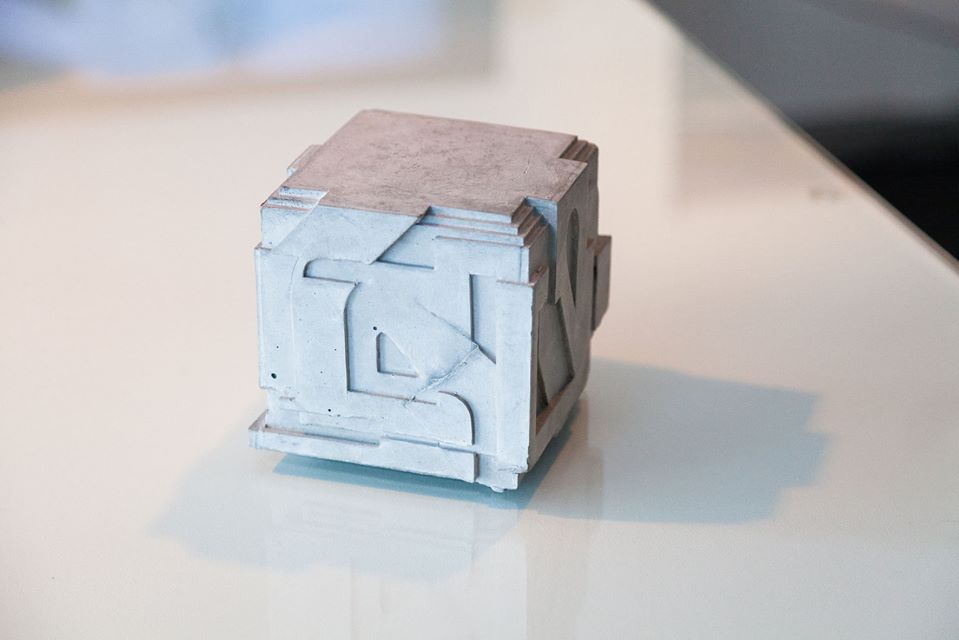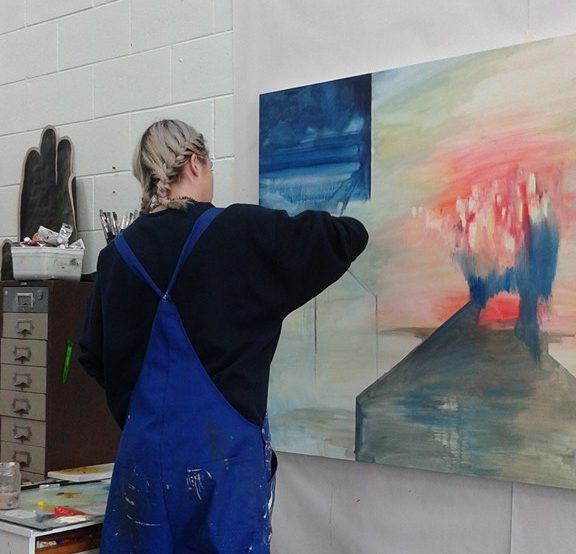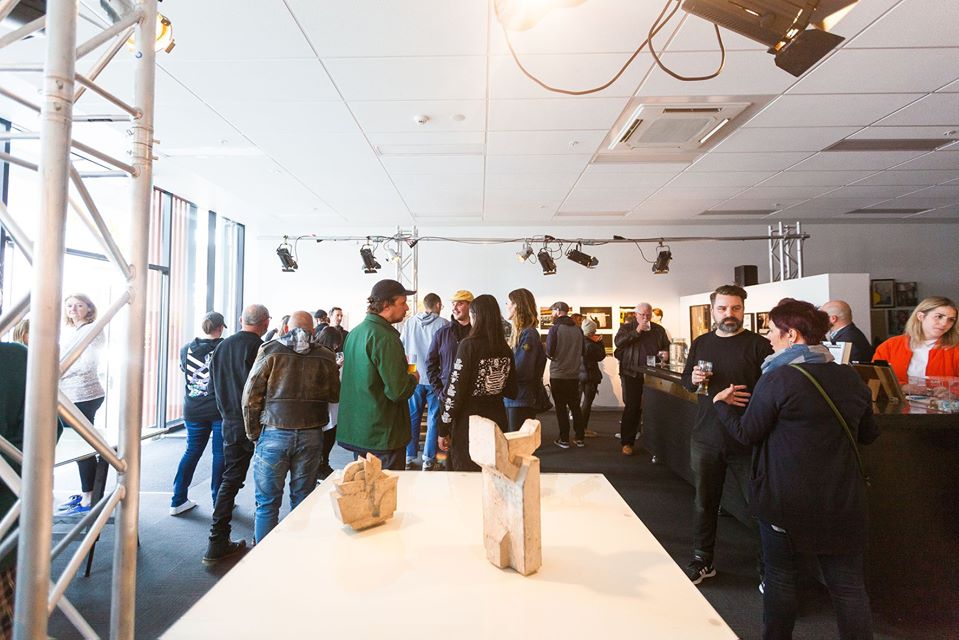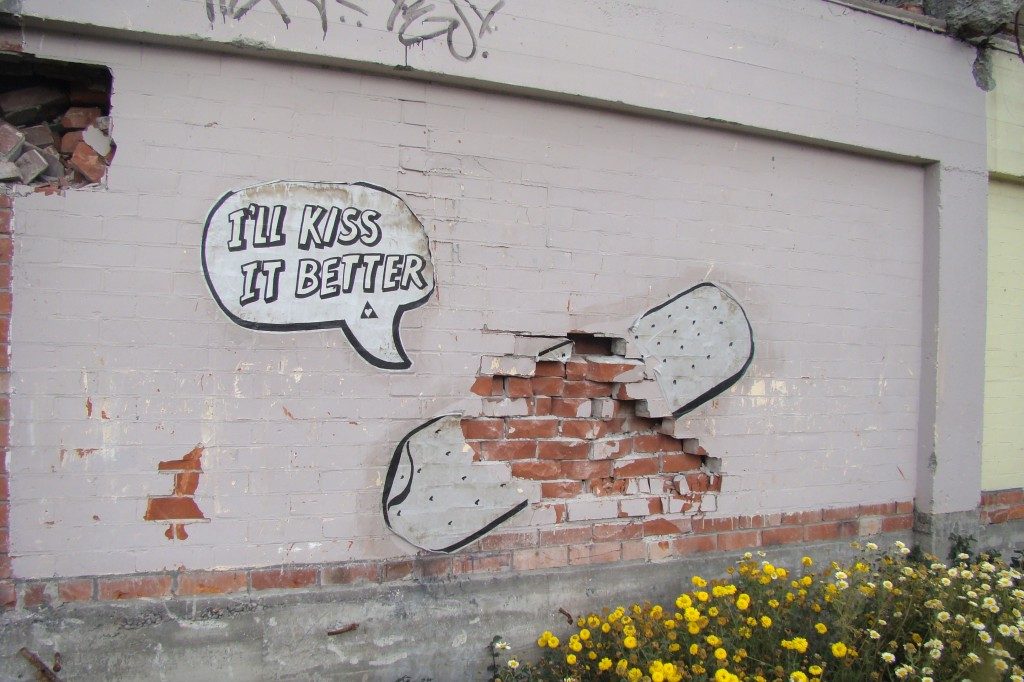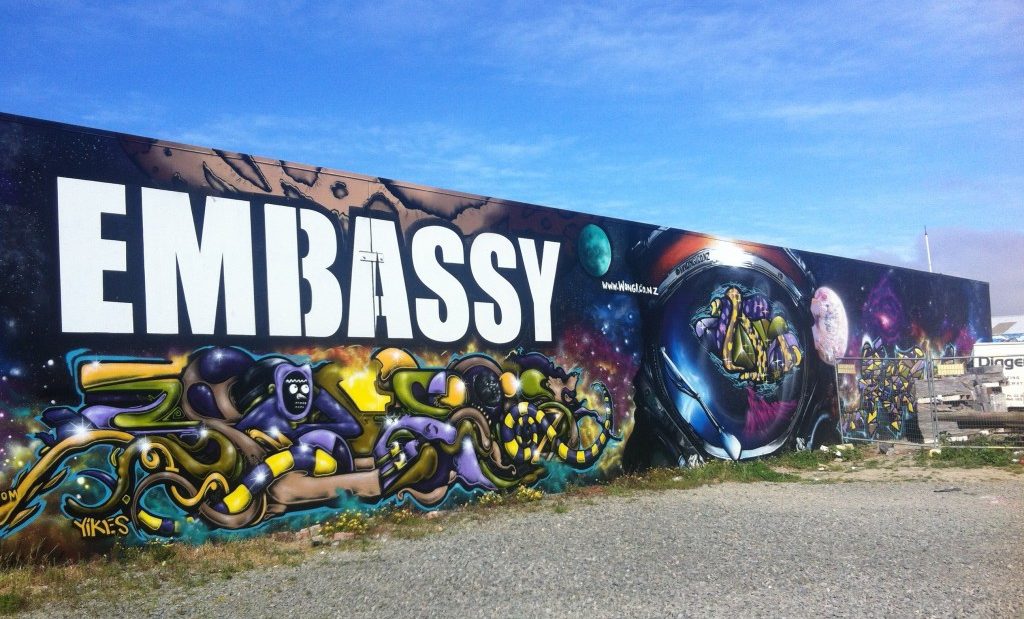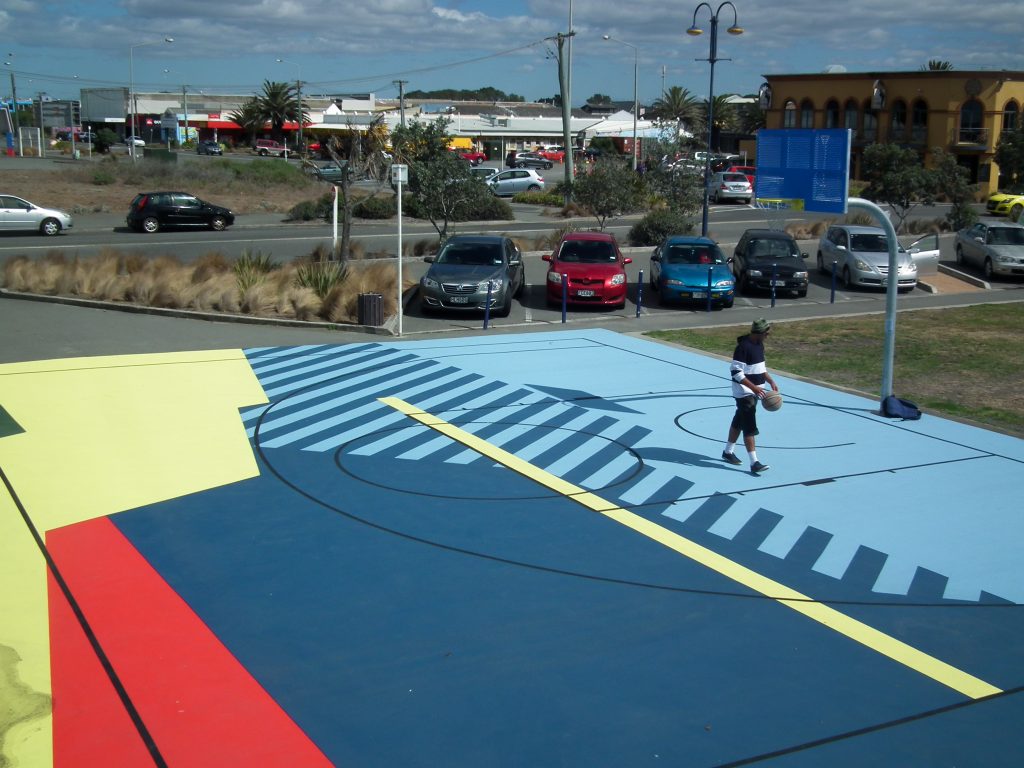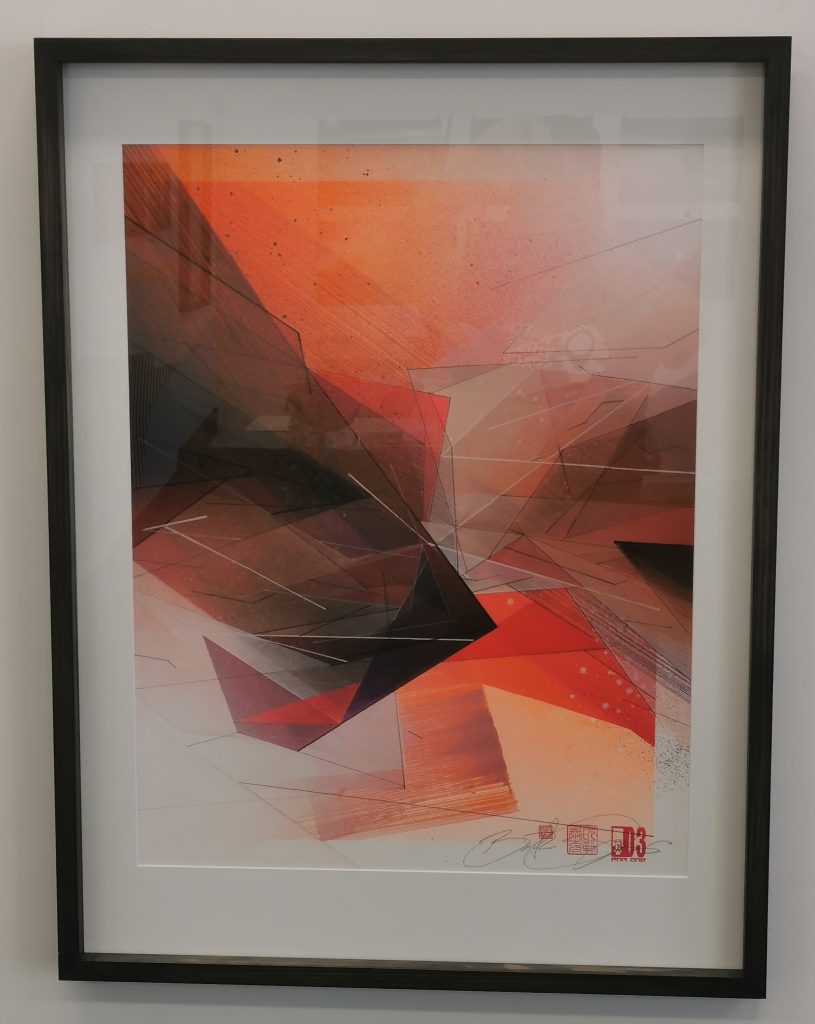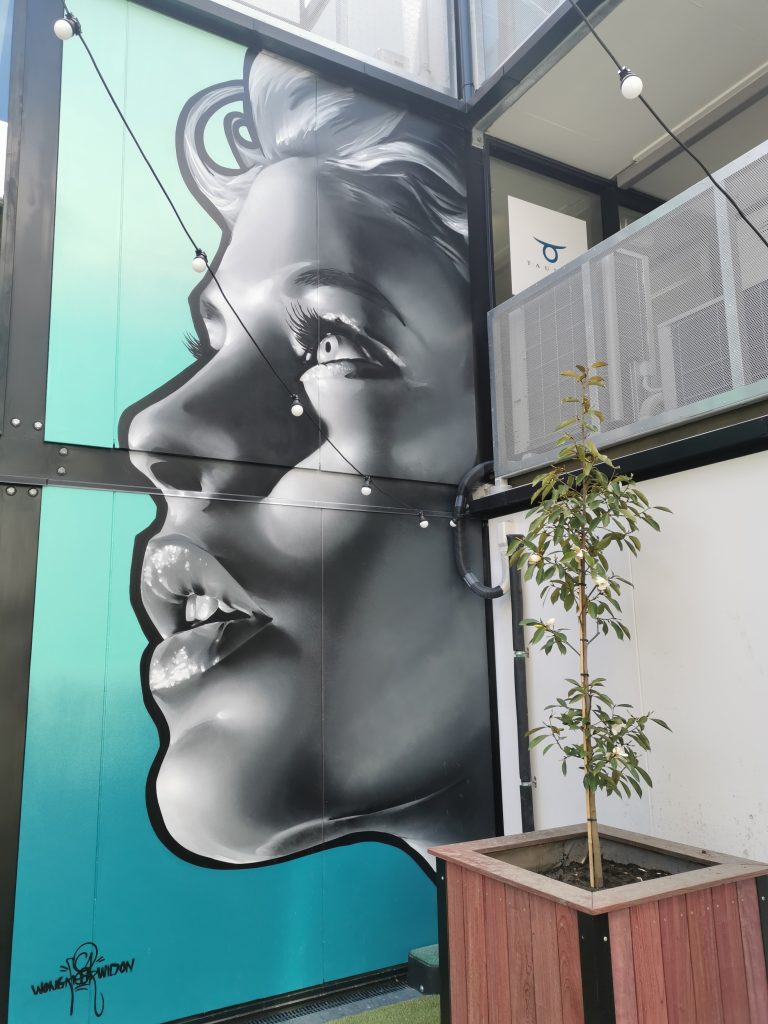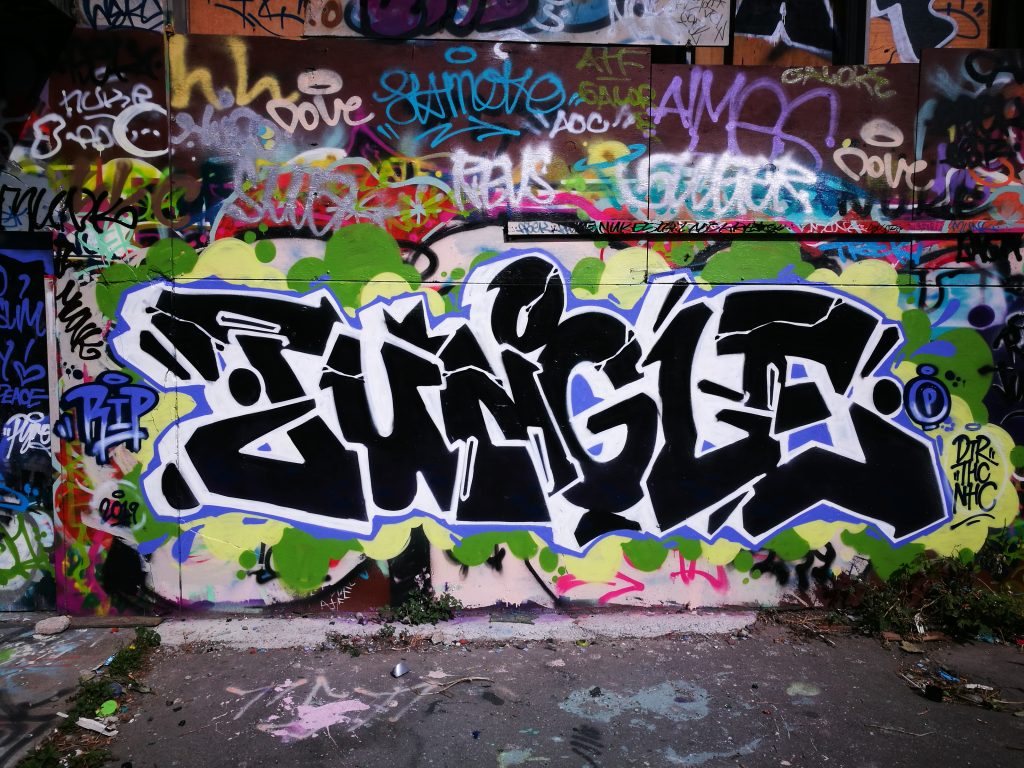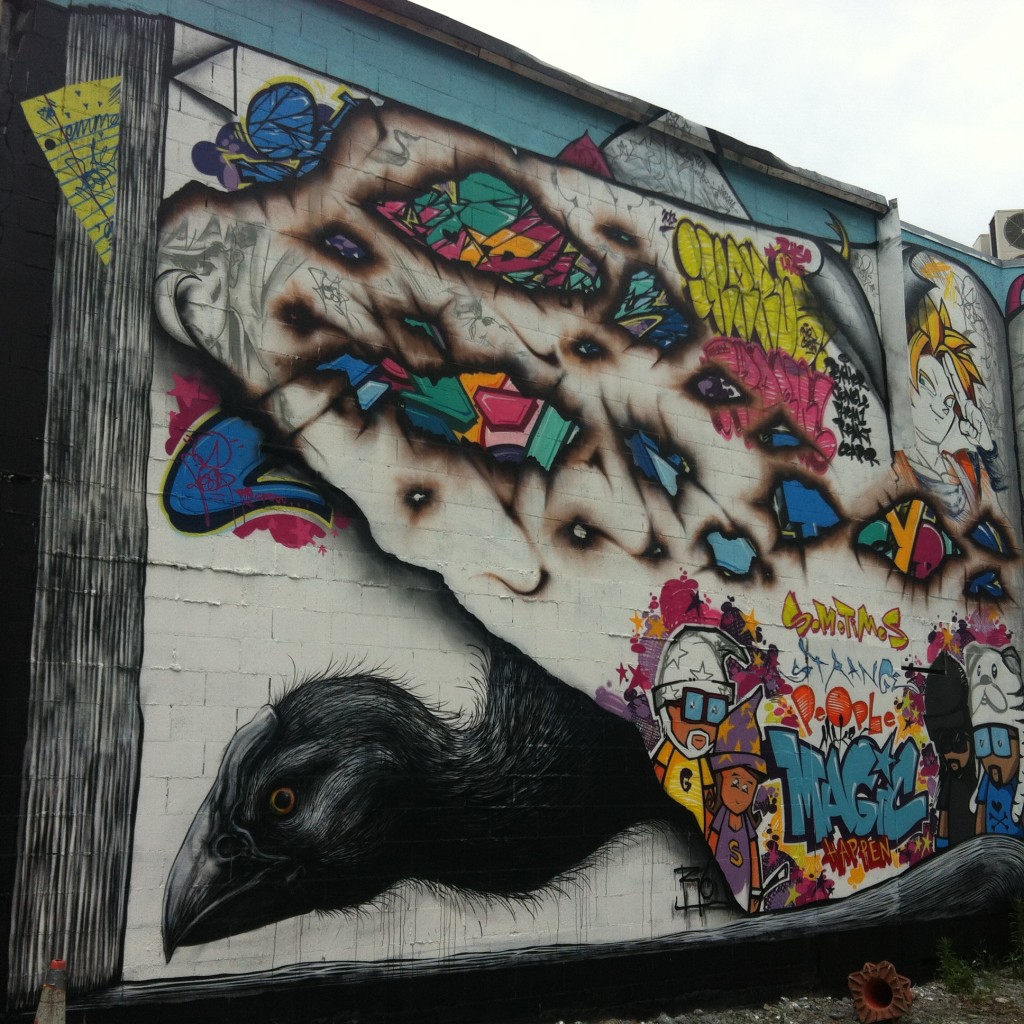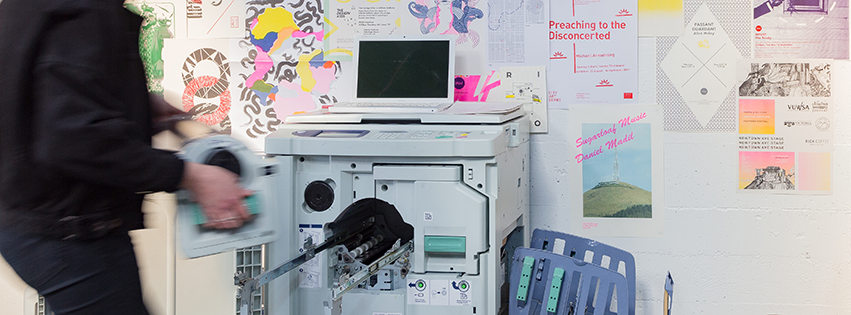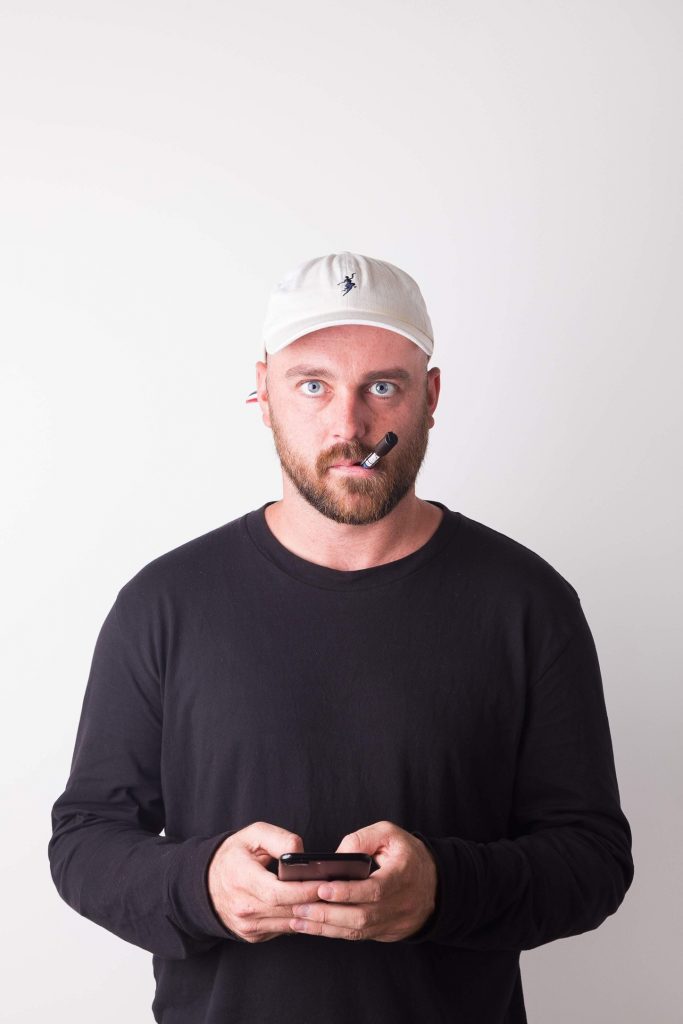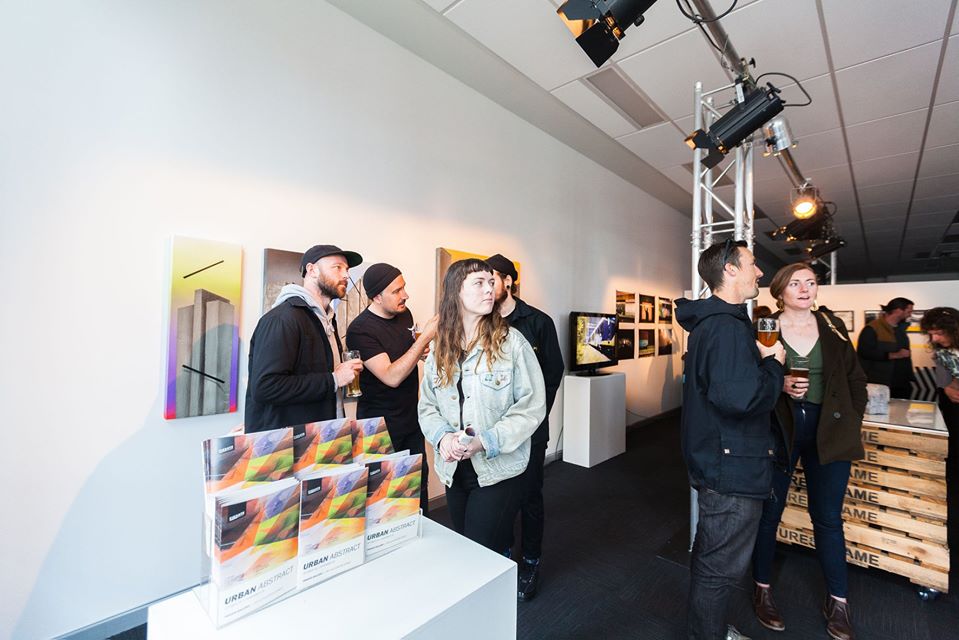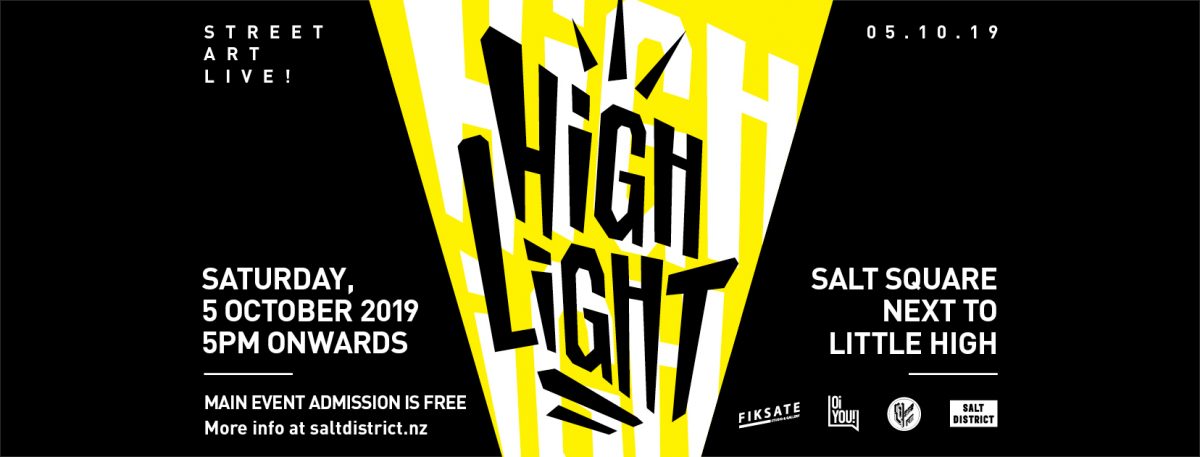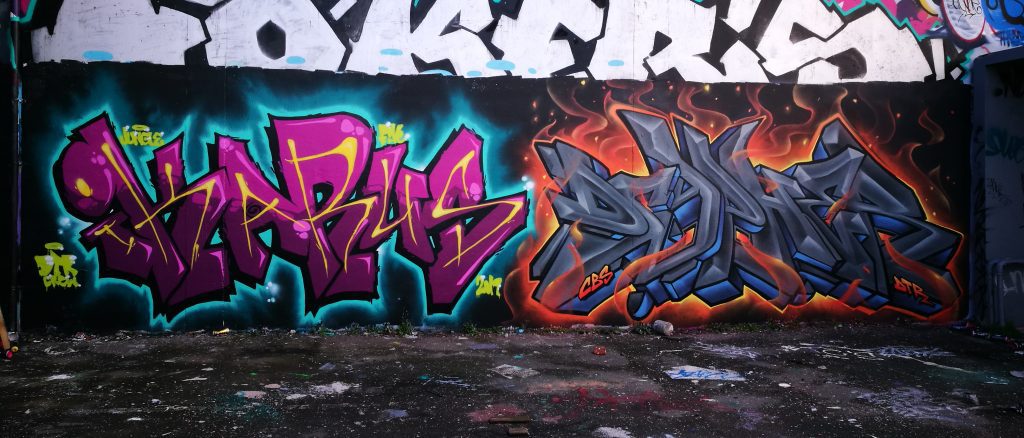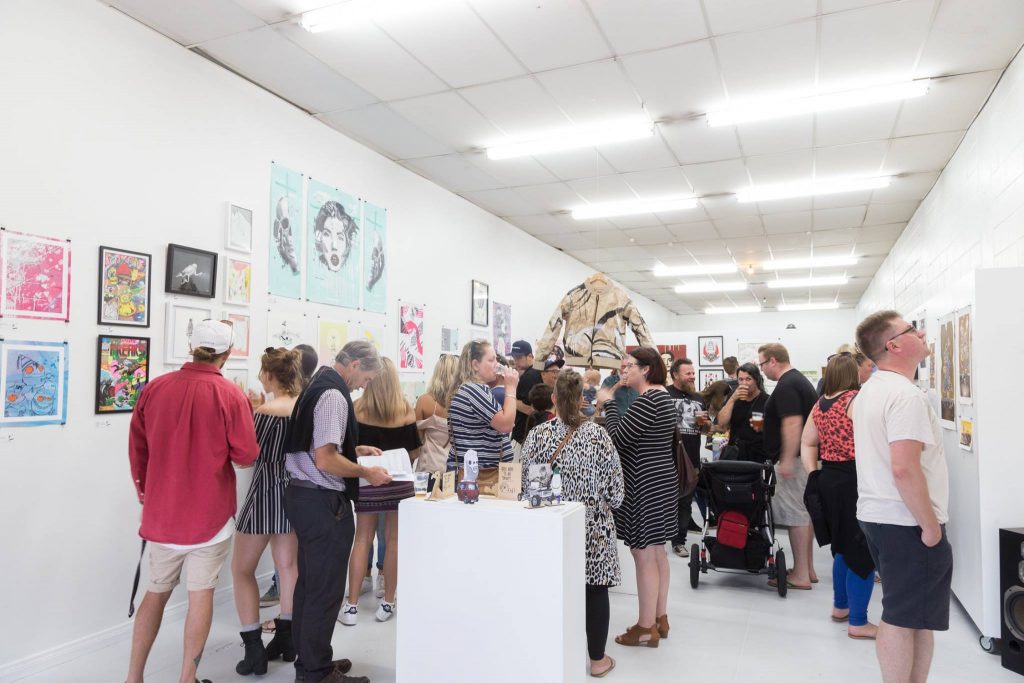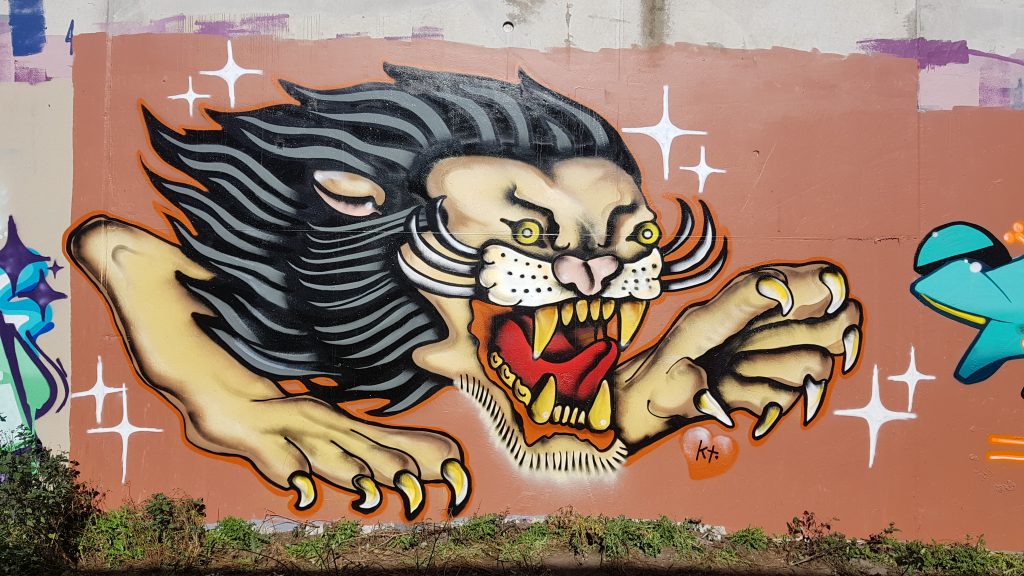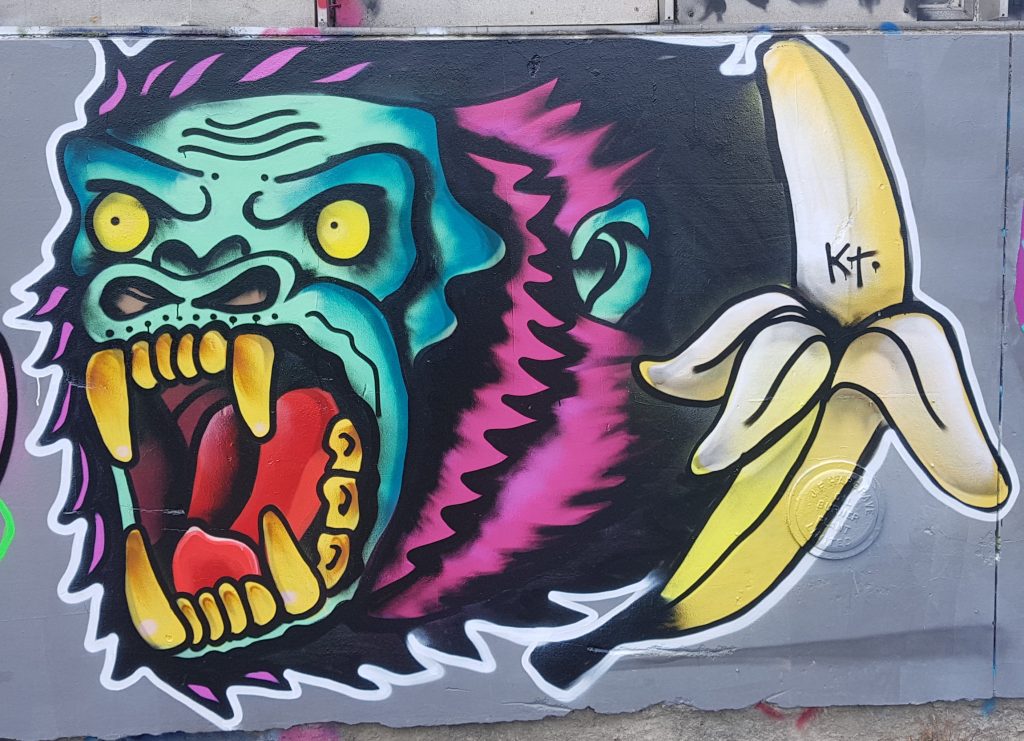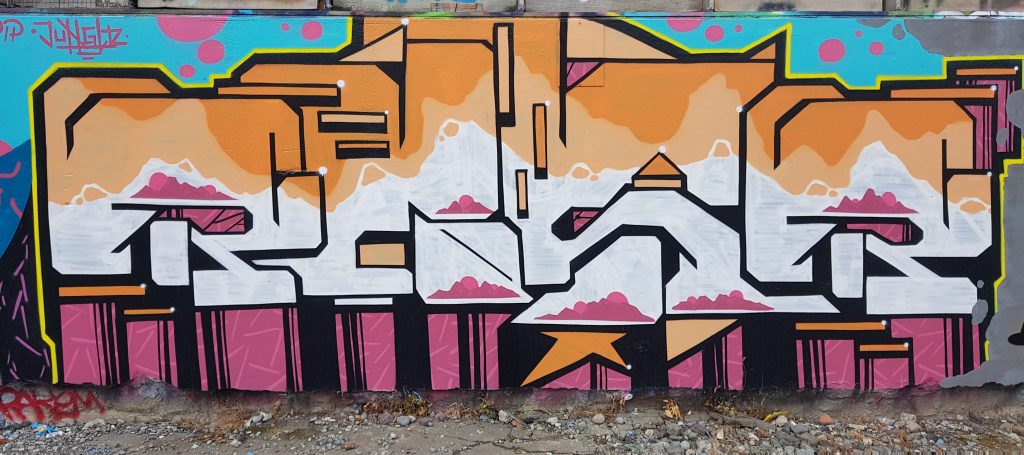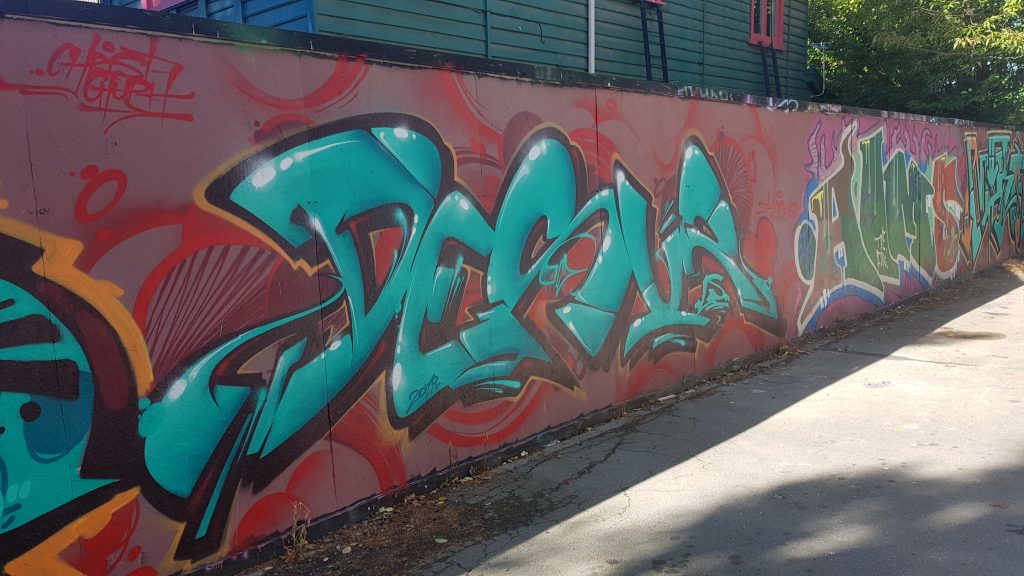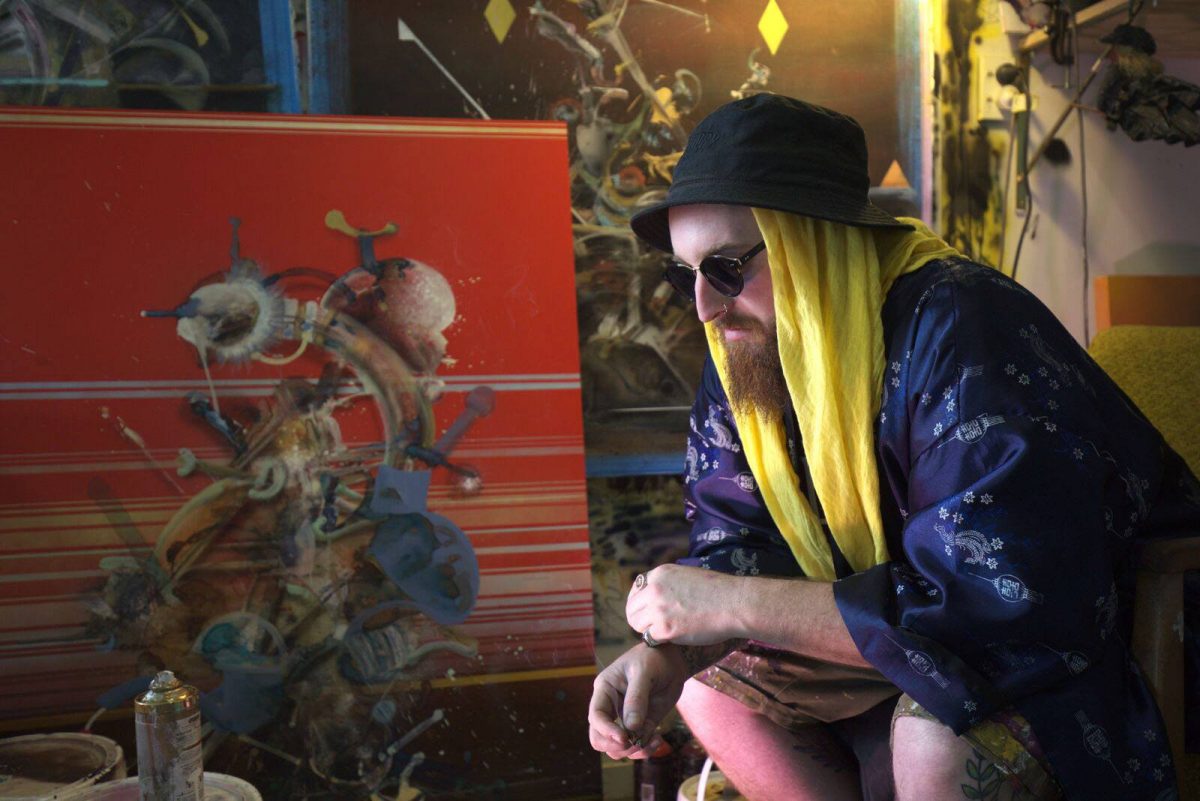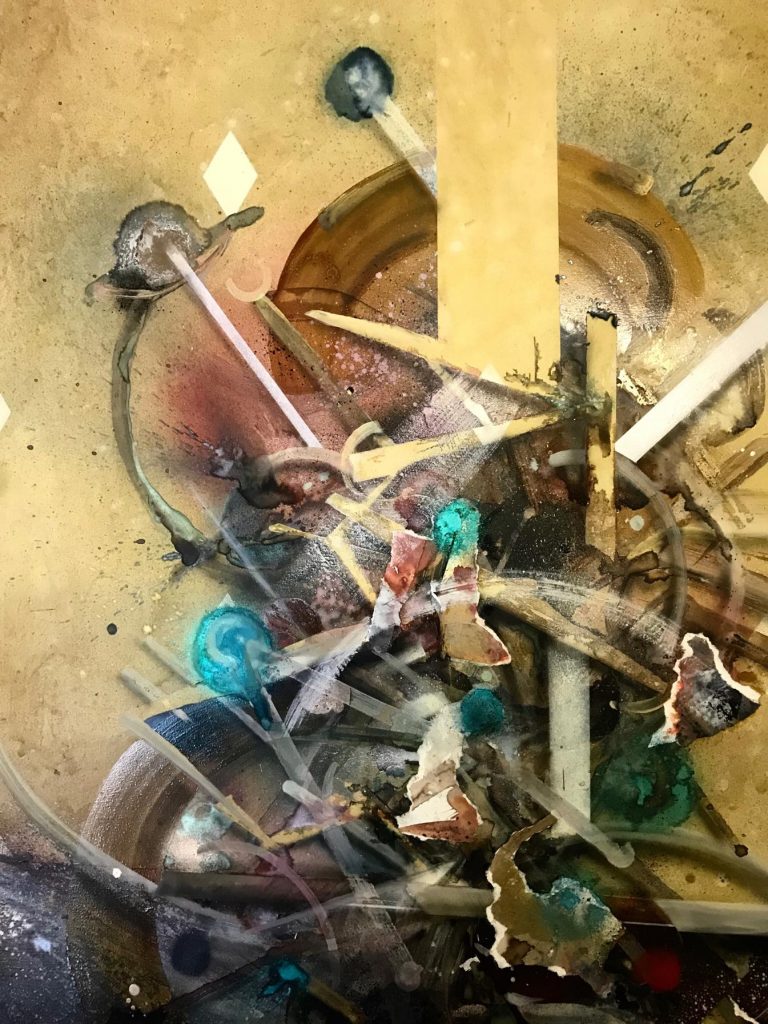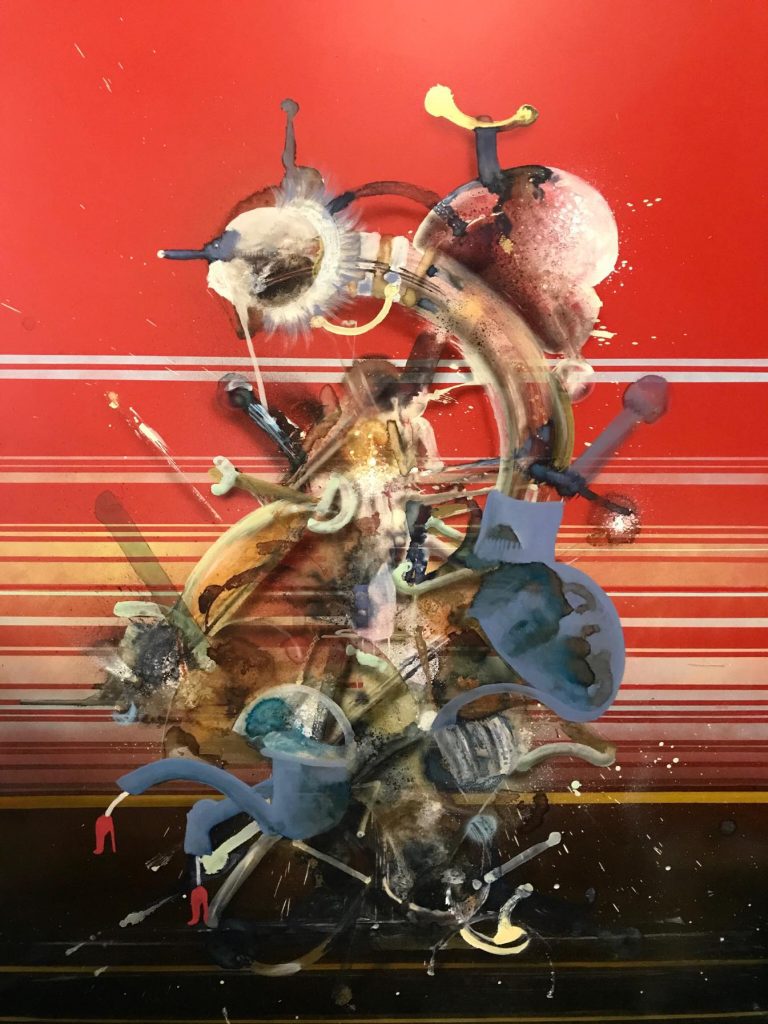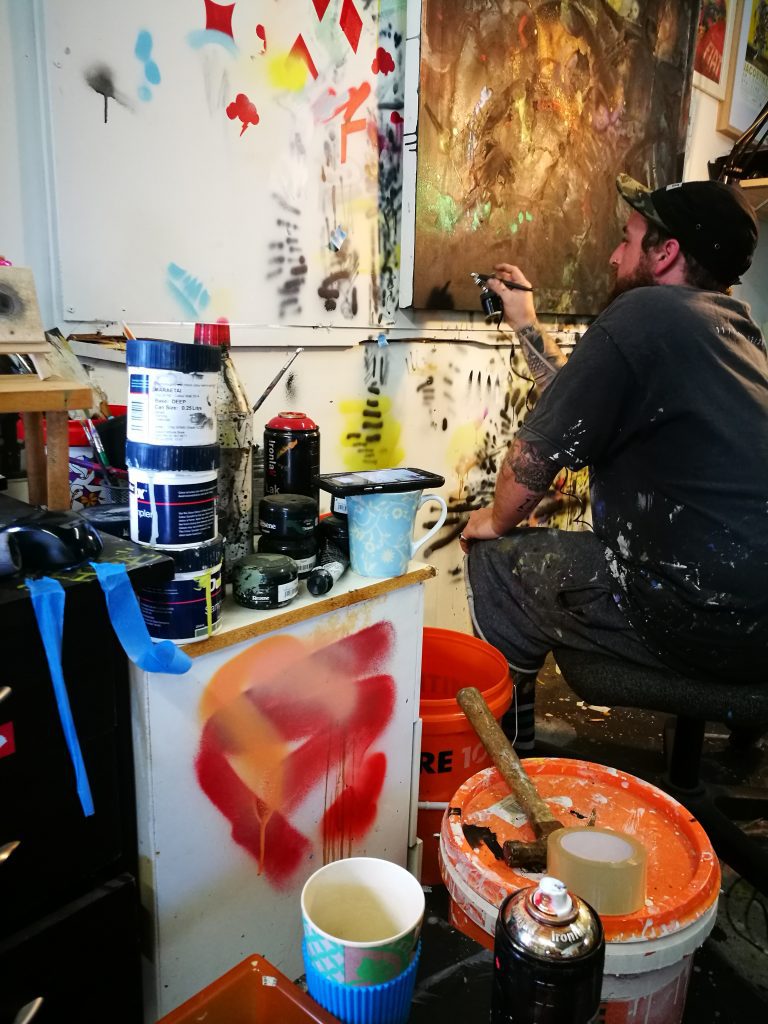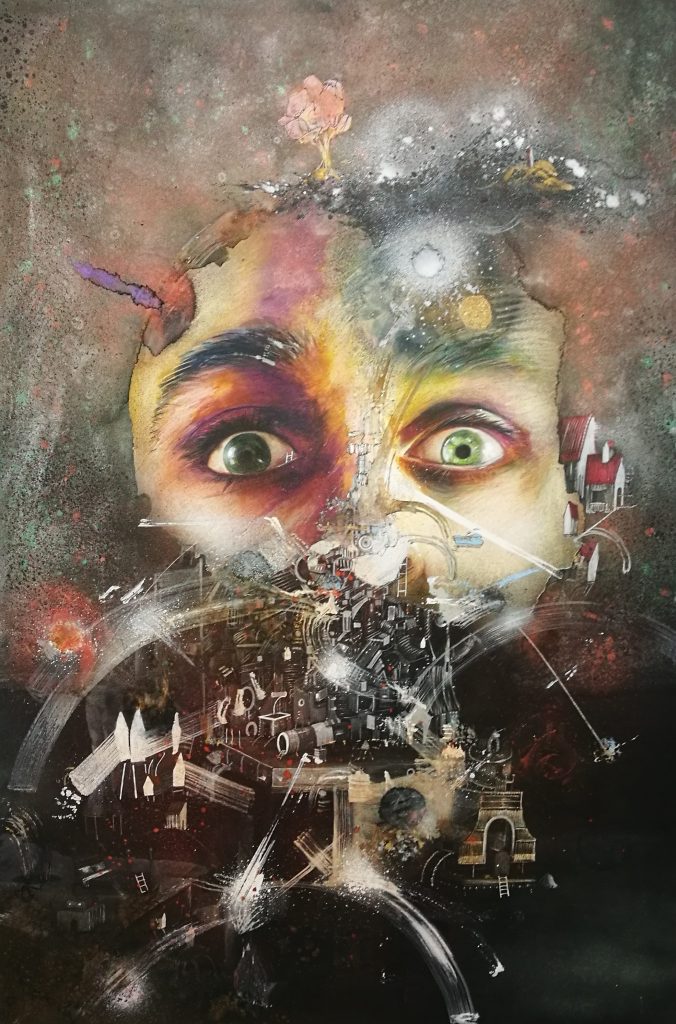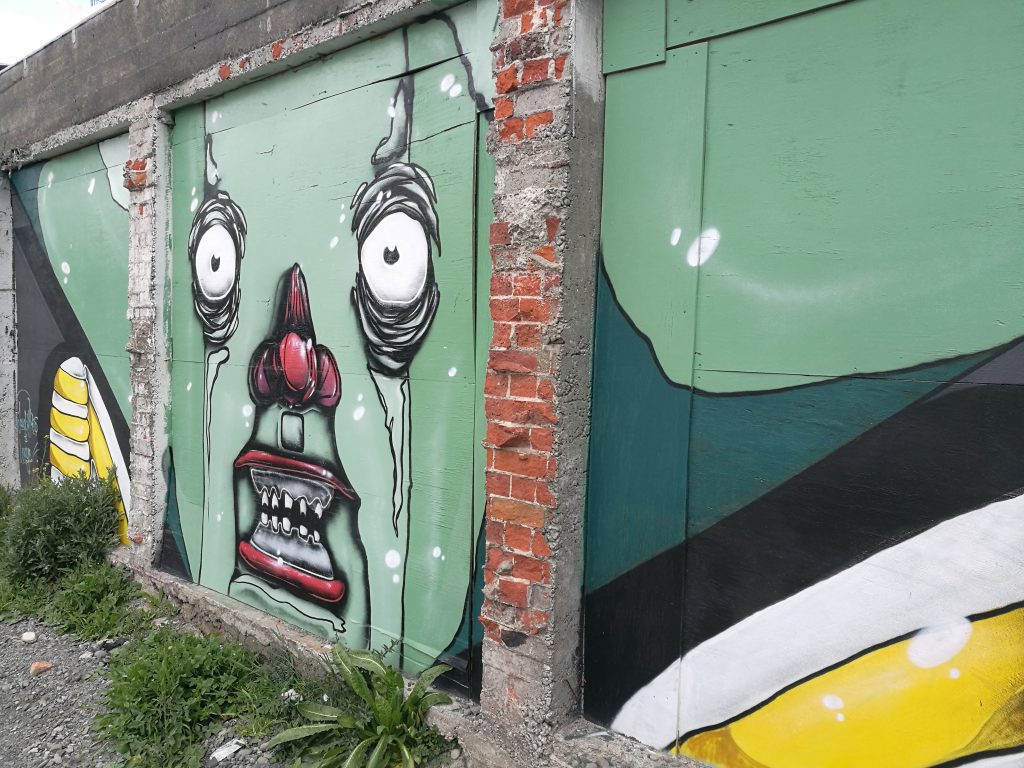“Leon Te Karu is a King. Leon = Lion = King of the Jungle. Te Karu = The Eye. I always liked his name.” – Fiasko
____________________________________________
In March 2019, Leon Te Karu, known to many as Jungle, passed away. Almost immediately, the city’s walls were covered with tributes, from tags and rollers, to pieces and productions. For those outside the city’s graffiti culture, it was mysterious, but for those who knew, it was a reflection of the respect in which Jungle was held as a pioneer who defined the first waves of graffiti in Christchurch with his ubiquitous straight letter tags and iconic characters. Chances are if you lived in Christchurch in the nineties, you saw Jungle’s graffiti. Jungle was not of the new breed of legal graffiti and the street art amalgam, instead, he was a symbol of graffiti’s roots, a traditionalist without caring for labels. And yet, Jungle’s influence extends through generations of graffiti writers, including a strong legacy upon the likes of Ikarus, Freak, Dcypher and Yikes of the DTR crew (of which he was also a member), as well as countless other crews and individuals, many who themselves have proven prominent figures in graffiti culture, both here in Christchurch and further afield.
Telling Jungle’s story required input from those who knew him and those influenced by him. To mark the anniversary of his passing, we reached out Ikarus, another Christchurch graffiti legend, to put together something that explained and celebrated Jungle’s impact on Christchurch graffiti (and broader street) culture. What developed was an in-depth discussion with Ikarus, but also contributions from countless others, across generations, styles and backgrounds. In doing so, the breadth of Jungle’s influence was clear, people consistently echoing the qualities of a local graffiti legend. This story is at the heart of graffiti in Christchurch, what it was and what it has become, but also is about one man’s influence on an entire culture. RIP King Jungle.
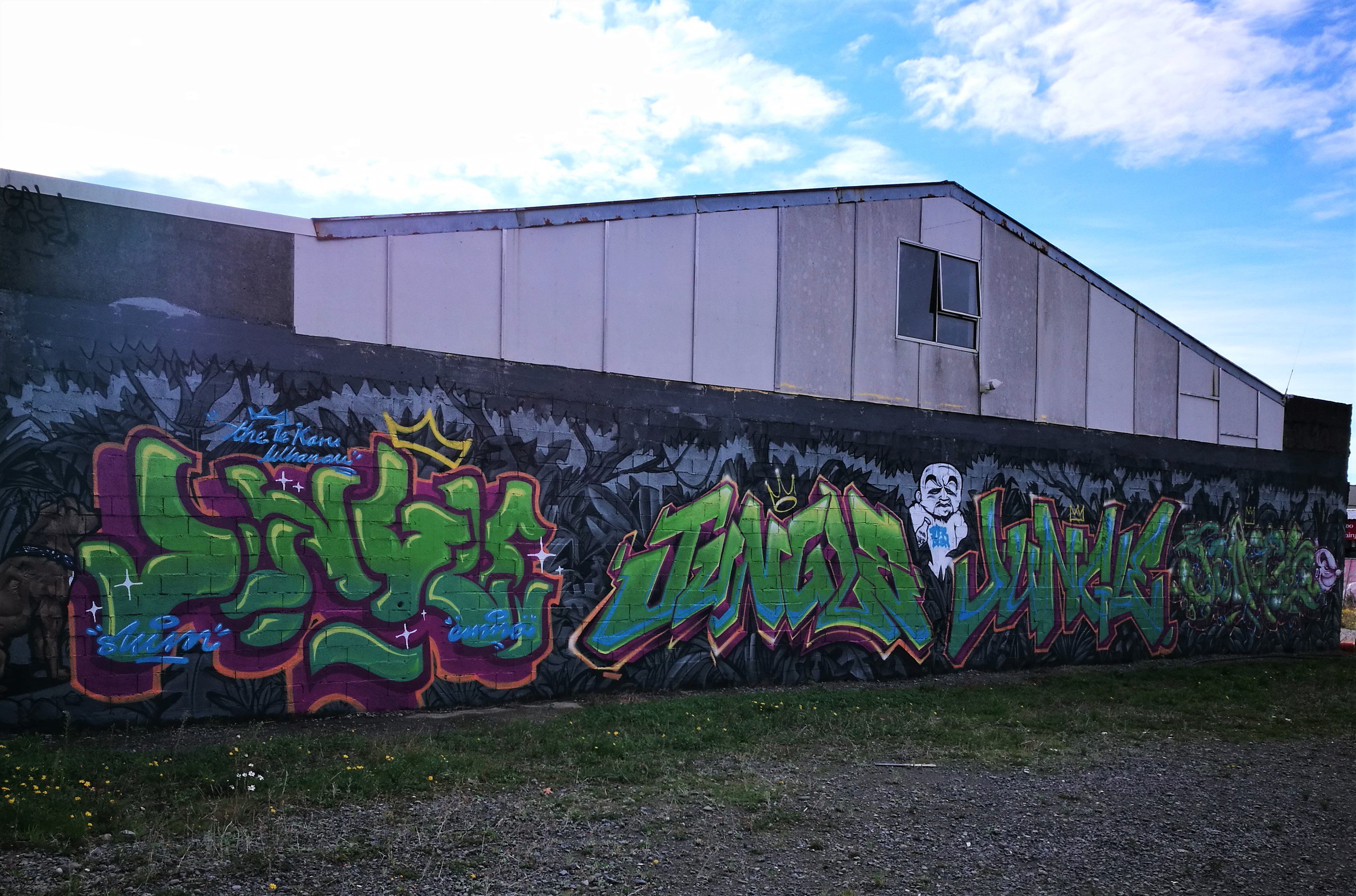
____________________________________________
March 6, 2020 marked the anniversary of Jungle’s passing. A year on, is it something you reflect on a lot?
Ikarus: It seems super-fast, for sure. It’s weird that it’s been a year already, it definitely doesn’t seem like it. I don’t know if I think about it every day, but it’s definitely something I think about a lot. A bunch of cool shit will happen and he’s one of the dudes you’d always want to tell because he was always super excited about any cool projects we got to do as a crew. Things like that will happen and I’ll be like, oh that’s right, I can’t tell him.
I’d never really lost anyone super close before, my grandparents died when I was young, so I never really knew them, both my parents are still alive, and I don’t like many people. Whereas Leon is one of the closest friends I’ve had in my whole life, so it’s been pretty weird. I never knew what death was like, but I guess the saying ‘life goes on’ is true because you definitely don’t think about it all day, every day, but then there’s just those points where you do think about it and it’s super strange.
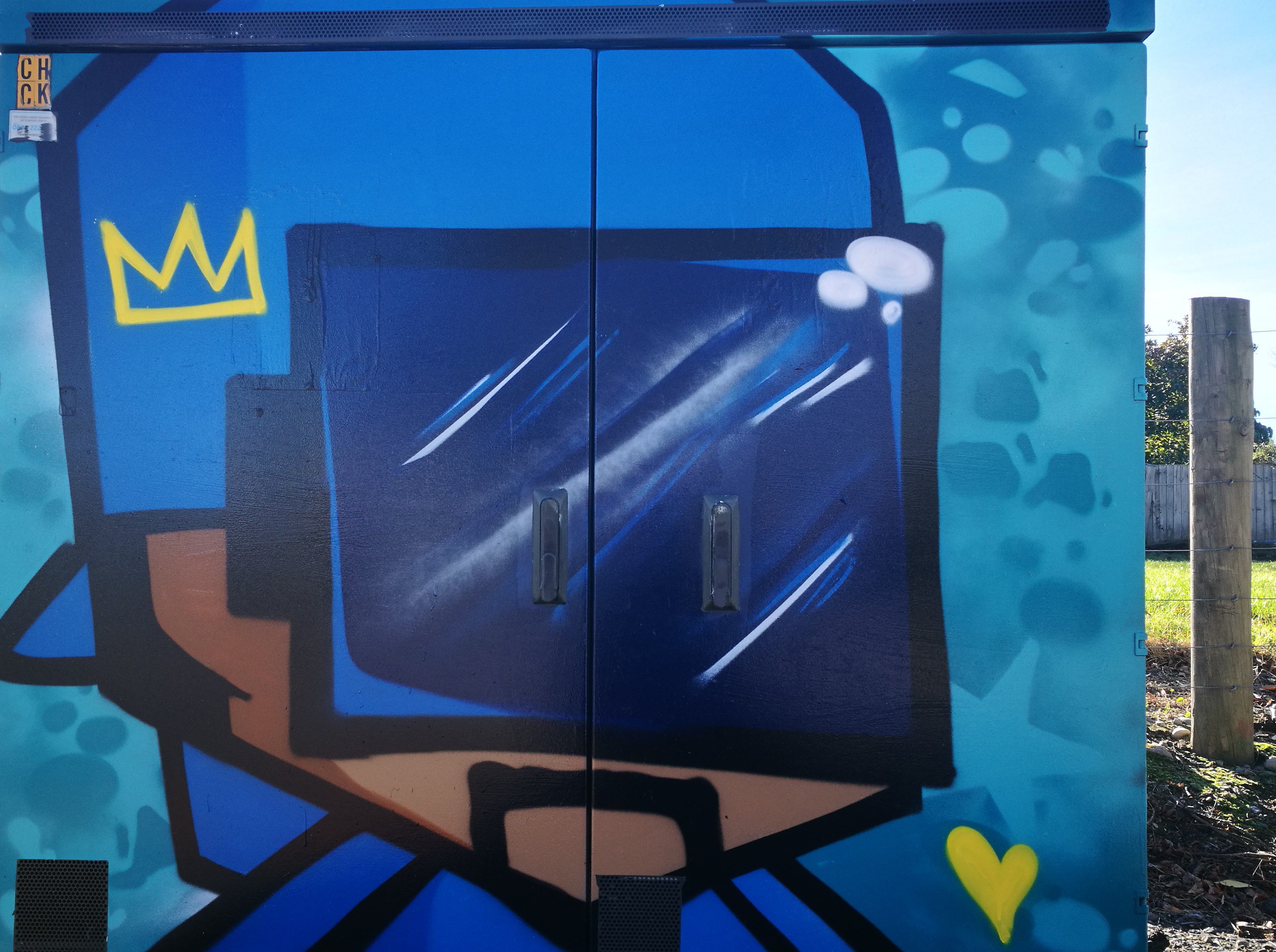
____________________________________________
“I love Jungle. Just writing this is making me cry… I lost my mentor.” – Kurs/Horra
“[His funeral] was a massive occasion… without a doubt he would have been humbled by it, proud of it.” – Freak (DTR)
“[H]is funeral was massive. He just touched a lot of people [as] a genuine person… he was always a real cool cat and the amount of people that turn[ed] up [showed] that he was a real person in all sorts of scenes, not just graffiti, but to a wide range of people.” – Yikes (DTR)
____________________________________________
I ask that question because first and foremost, you lost a close friend, but as something of a graffiti historian, you are also in the position to understand the legacy and ongoing impact that Jungle had on graffiti and street culture in Christchurch. While the pain of losing a friend must be foremost, have you taken time to reflect on just how big an influence he was?
Ikarus: Yeah man, I always knew though. I told him what an important role he played early on, and he’d just brush it off and laugh, and be like: ‘Don’t be a dick!’ But the reality is that there was a butterfly effect from him being a young kid out there tagging, writing his name on stuff and having a good time with it, that led to so many other people doing it. When we start out as tagger kids, we don’t think it is going anywhere or will to lead to anything else, but the things he did inspired some of the first guys that started doing graffiti here in Christchurch, and on all levels not just tagging, but some of the earliest guys painting pieces, characters, throw-ups, tags, the whole spectrum of graffiti.
I’ve talked to Flex from UAC, who was an early pioneer along with Lurq (who was writing Lyric and LK at the time) and Pest5 (who was writing 4Higher), and he cites Jungle’s tags as one of the main reasons he started doing graffiti. He would see Jungle tags up everywhere and he thought that shit was dope. Those UAC guys back then, in the late nineties and early 2000s, they were out there doing all aspects of graffiti; tags, throw ups, pieces, characters, productions down the train lines at night. They give credit to Jungle as an early influence because he’s one of the first people that was really up in our city back when there was just tagging in the early nineties. Back then I was strictly into tagging and vandalism, anybody that did pieces was just wasting paint as far as I was concerned. They couldn’t tag for shit, so what’s the fucking point? But Flex is that first dude that had just fucking killer tags and he did all levels of graffiti, an all-out king to some extent. He was the first dude to make me think maybe the entire spectrum of graffiti wasn’t super corny, maybe there’s a way to do it and it could still be cool.
So, that small influence on me can be traced back to Jungle, which is evidence of his importance. From there, it’s just a butterfly effect: he affected those people, those people affected the next people, and so on. But, it’s not like he just did that and then was gone, he was always around, not super active, but always involved in the Christchurch graffiti scene. He was always painting something, still doing tags out in the streets and painting characters and stuff like that.
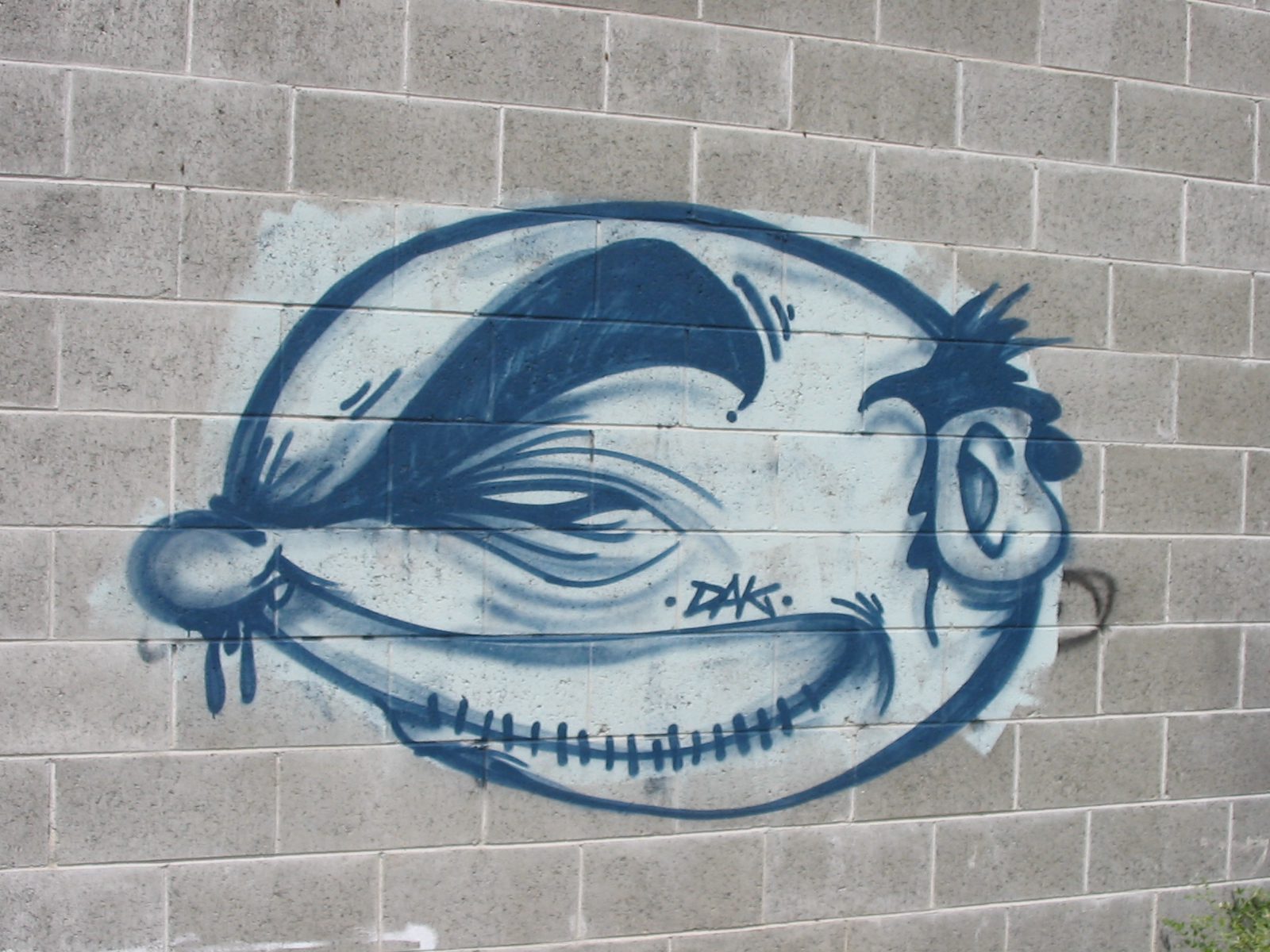
____________________________________________
“It is easy to glorify and embellish the past, but Christchurch was very late to have a graffiti culture. While in most parts of the world and New Zealand it [emerged in the] early to mid-80’s, in Christchurch it was [the] mid to late 90’s. I know it’s a small history and a small culture, but it’s our history and our culture. There wasn’t a lot of outside influence until around 2000. One of the pioneers pre-2000 and a huge influence on me when I started was Jungle.” – Fiasko
“We weren’t better, we strived for everywhere.” – BlackE (THC)
“Even before I got into graffiti, I saw Jungle THC everywhere. It was impossible to not notice. As I got into looking at and doing graffiti, I realised the scope of how everywhere he was.” – Jay Roacher/Wyns (511)
“As far as I know or am concerned, Jungle was the first Christchurch tagger that was all city. Those gangsta straight style JUNGLE PARU tags are still imprinted on my brain to this day.” – Flex (UAC)
“[The first time I met Jungle] was at the house on Mackworth Street in Linwood where I lived with Flex, about 1998. Maybe Ikarus brought him over. What I do remember clearly is being very excited to meet him, as you do when meeting one of your heroes. He was humble to the point of not wanting to even acknowledge his achievements in the graffiti scene, saying that his work was nothing compared to ours, as we were doing full-blown wild styles with backgrounds and everything; but my lettering styles, tags especially, were pathetic compared with his.” – Pest5 (UAC, TMD, LORDS)
“The first tags I ever saw were DIRTY, PARU, THC, a block from my house, done in chrome with stock caps and it was super clean. I started noticing lots more tags around the city with THC and had heard that it was a crew called Too Hardcore. I think it was pretty much all Jungle, but he got up so much and with so many different names that it seemed like it must have been a bunch of people.” – Netts (511)
“We used to creep into abandoned buildings up town and I would kind of imitate his style mixed with what I was already doing.” – Kurs/Horra
“[He told me] how [in the early 2000s] he painted a clown on the old Dick Smith in the daytime with cats going past and didn’t give two fucks about who or what was in his way.” – Omes
“[Leon’s influence was] probably more personal over time, but to begin with it was artistic, for sure, because the dude was all city with tags before anyone even knew what was up with graffiti. You knew who he was just by that [presence]…” – Dcypher (DTR, CBS)
“Jungle was one of the first people that I noticed when I first got into graffiti. I would see his tags and his roll calls he would do of the infamous THC crew in all hoods. I can remember seeing his Sir Prise tags with a fucking dope letter S, it blew my toy brain apart back then.” – Lurq (UAC)
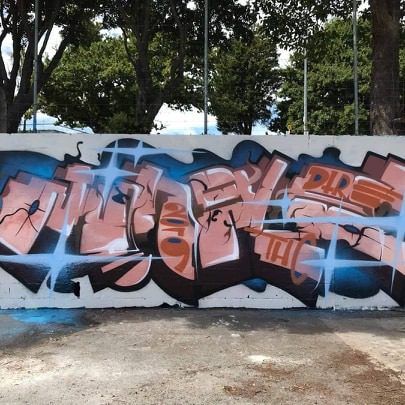
_______________________________________________________
Did you ever have conversations about what graffiti meant to him? Was it something larger than writing his name on a wall to him, or was he more of a purist?
Ikarus: It definitely had that concept. I don’t think he ever personally felt like he was part of the greater movement of the art form in our city. I told him on numerous occasions that a bunch of this shit wouldn’t have happened without him because you’re the dude that inspired these guys to get into it and that inspired this dude to do it and that inspired these guys. You can see his influence in Dcypher’s early work, his characters especially. But when I said you influenced this person and without you they wouldn’t have done this, and then that wouldn’t have influenced me, and that wouldn’t have influenced Dcypher, and that wouldn’t have influenced Freak, he would say, ‘shut up man! That’s not a real thing!’ But it totally was a real thing. He didn’t understand or was too humble to admit that he had this influence on people.
He’s part of the DTR crew, he’s part of our crew forever, but there’s very few walls we managed to get him to come down and paint with us. We’d quite often try to get him to come down and be part of productions, to paint a character, or paint a piece, but he was always like, nah, like he was going to be out of his realm of talent, which is ridiculous because he had the super dope style. He didn’t paint as much as us, but if he did over the years, he would have been insanely good. But he always had that hood mentality of not being good enough, or ‘I’ll come if you’re going to do this, but if you’re doing a big production I don’t want to be involved’. So as much as I told him, I don’t think he ever really understood the level of his influence, but it can’t be denied that he was the first or one of the really early people just vandalizing the city, doing everything. In the early nineties there were Jungle BlackE and Jungle Paru tags up and down the South Island, and in Christchurch he was everywhere…
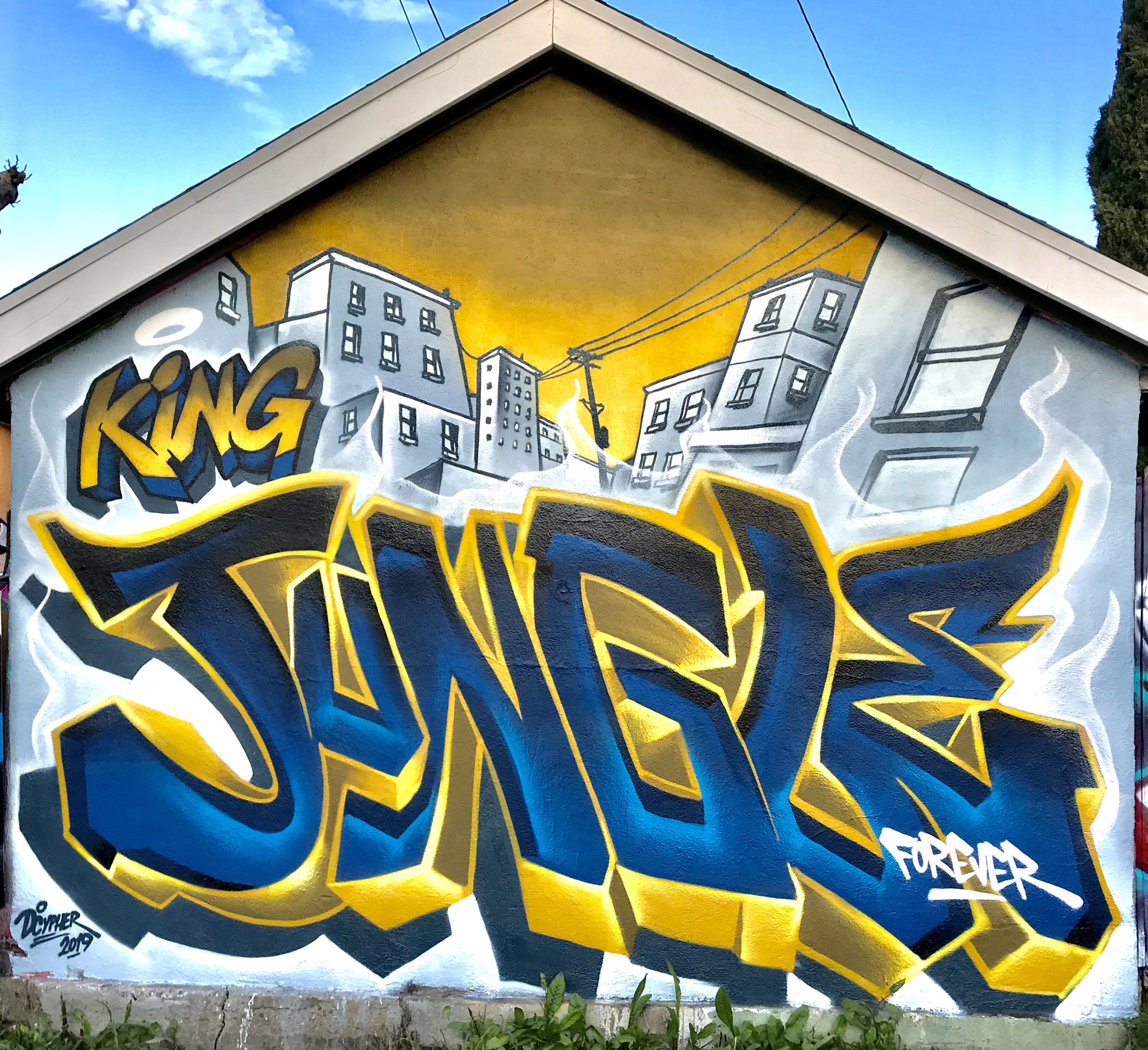
____________________________________________
“Jungle & I too followed the way of the elder ones before us. Much credit goes to Leon because he was the artistic one. I tended to just pick the spots… We were wowed by a lot of the US hip hop/break/graf culture. And it made its way over here. Auckland [was] where a majority of it was then passed down [through] cousins, friends, and friends of friends.”- BlackE
“Putting it up was primary purpose. Putting it up beat style, always. [W]e had many styles that we threw up. Position was paramount over style.” – BlackE
“When I started, he was pretty much already retired as king of the city. He set the benchmark for us to follow. It wasn’t until later that I saw his outlines and characters, which are in a classic style very dear to my heart, as they capture a certain tough attitude that modern graffiti lacks.” – Pest5
“Me and Flex were, and still are, dedicated Junglists, meaning we love the music called ‘Jungle’, which is a reggae-influenced UK dance music from the 90’s. One of our first questions for Jungle was whether he had named himself after the music genre, but no, he said the inspiration came from the ‘concrete jungle’ that we live in. We tried to get him into the music, and though he could appreciate it, it was a bit too fast for his taste.” – Pest5
“I guess he has influenced people in that you get your tag up or your homies and crew, all-city, all hoods, and bombing is probably the most important thing in doing graffiti.” – Lurq
“We talked about watching freights at Kaikoura and how to make a tag aggressive, and the art of tagging. Being a tagger not a muralist was always a heavy topic he spoke of. I always remember he told me I was his favourite tagger.” – Morpork (FILTH, TBE)

____________________________________________
Graffiti goes through eras and styles come to represent both time periods and places, do you think Jungle’s graffiti was representative of a ‘Christchurch style’?
Ikarus: I wouldn’t say early on that Jungle’s particular style of tagging was distinctive, but the thing about it was that it was everywhere. A lot of people couldn’t tag back then, straight letter tags were basically the height of tagging and he was super good at that. Jungle always had the most ill styles for tagging. When hand-styles became a thing, he was always super up on that sort of thing and doing calligraphic style tags. Coupled with the sheer amount he was up, that was why he was so influential.
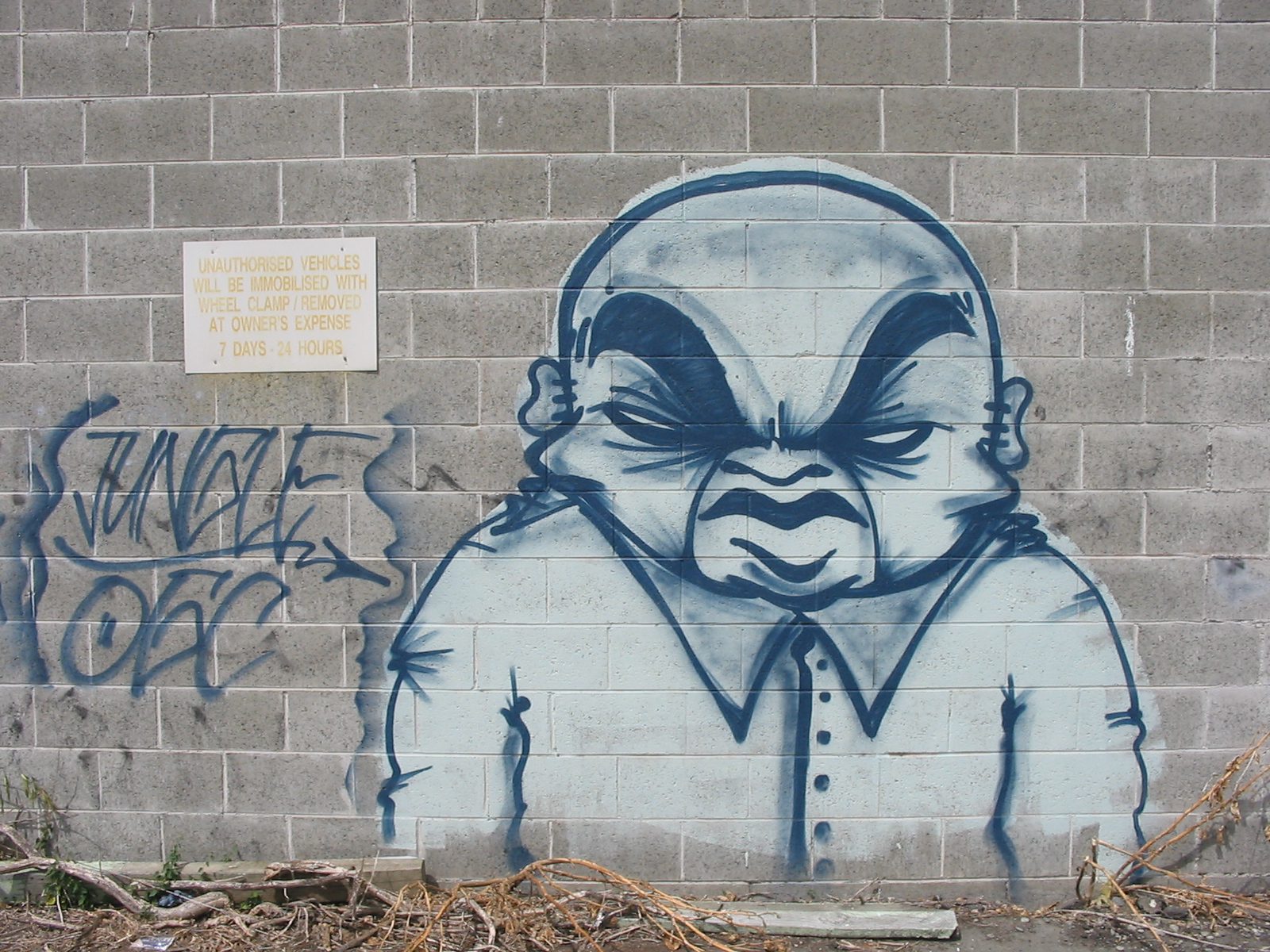
____________________________________________
“Everybody thinks of Black and Jungle, everybody seen Black and Jungle. And that was the essence. You don’t know the words. But you knew us.” – BlackE
“[W]e respected straight styles as the cleanest… Out of a crooked lifestyle, we always tried to be semi straightest.” – BlackE
“He basically got [Christchurch graffiti] started. He was the first writer to really take it all-city in Christchurch, with classic Auckland-style straight letter tags, done in cheap paint with an unforced, natural ability. So, he founded the Christchurch tradition of all-city street bombing with simple tags along bus routes. Many of us may try to emulate his hand styles but It’s hard to imitate perfection… but I still think you can see his influence in Christchurch tagging style to this day.” – Pest5
“I would definitely call him Christchurch’s first all-city king, before I even knew the dude there were just Jungle and Paru tags everywhere, East, West, North, South, everywhere, [in] the most random spots. Anywhere you went there were Jungle tags… That was amazing in itself, but then he had such an amazing style; his characters that he’d just spit out of nowhere, with low effort, just boom! He always downplayed himself, or maybe just didn’t see his full potential, [but] he totally could have been here smashing this shit out with us if that’s what he had wanted to do…” – Freak
“His tags were everywhere. They were simple, stylistic and tuff. From my view, he kind of stopped about 1998 or ‘99 and that was around the time I met him.” – Fiasko
“The meanest tags, the straight letters, gangster straight letters… All pre-graffiti paint, all hardware paint, when you used to hunt and steal caps…” – Freak
“When he started he was super good at tagging, but didn’t do a whole lot of fill in stuff, because it was just get fame quick, just get up.” – Dcypher
“I feel like there were two styles of tags back then, the wildstyle posca tags, and the black spray paint straights. He laid the blueprint for and was the king of the straights.” – Jay Roacher/Wyns

____________________________________________
While he would never admit that influence, it’s been undeniable in the last year, with the number of tribute and memorial pieces around town. But his influence was beyond his graffiti style, right? I didn’t know him, but the few times I was around him, there was something about his presence, there was that laugh…
Ikarus: Yeah, for sure man, for sure. Like I said, it’s not like he had a huge involvement in graffiti for the last ten years, just occasionally painting a character on the street or doing tags and stuff. But he was the sort of dude that was always drawing, and just sitting around and drawing all the time is a big influence on people. But, like you say, his personality is one of a kind.
Everybody knows Jungle. The dude was a gangster for sure, he always represented his crew, the colors, which was what he grew up with, and he was still a part of that life and that circle, but even at his funeral when the boys were standing up and speaking about him, they said, Jungle’s not part of this gang because he’s a violent dude or out there hustling and grinding, he’s just the heart of our crew, he’s the most important part. He was just a super genuine, loyal dude, and if you’re one of his boys, he would do anything he could for you.
You would be hard pressed to talk to someone that didn’t like him. You could talk to a bunch of people who think I’m a dickhead, maybe not now, but if you talk to someone from back in the day, I was a dick a lot of the time. But you could go back thirty years and talk to people about Leon and I think everyone would be like that guy was fucking cool. People’s enduring memories of Leon are going to be that laugh, his charismatic personality, that he got along with a bunch of people. When I was young and we would beef with a bunch of different people, I remember thinking, nobody ever has a problem with Jungle, how do you do that? How do you know so many people and nobody has a problem with you? It was because he was just generally fucking cool to everybody, respectful, polite, just a good dude.
At first glance, Jungle could be a scary cat, he hung out with a bunch of scary looking dudes, but he was the heart of that shit, the good guy in the crew. He was famous before I knew him, his tags were all over the city, so he was already a legend in the streets when I first met him. He was tagging Jungle and THC, which was the crew. I was thirteen, so they were probably fifteen or sixteen, which seems like a big gap when you’re that young, and those dudes were like the boogeyman to our generation, because you knew shit could pop off with them. But then I met Jungle and he was just super cool. I think a lot of the tough dudes that I’m super good friends with now, that stems from me being super good friends with Jungle in the first place.
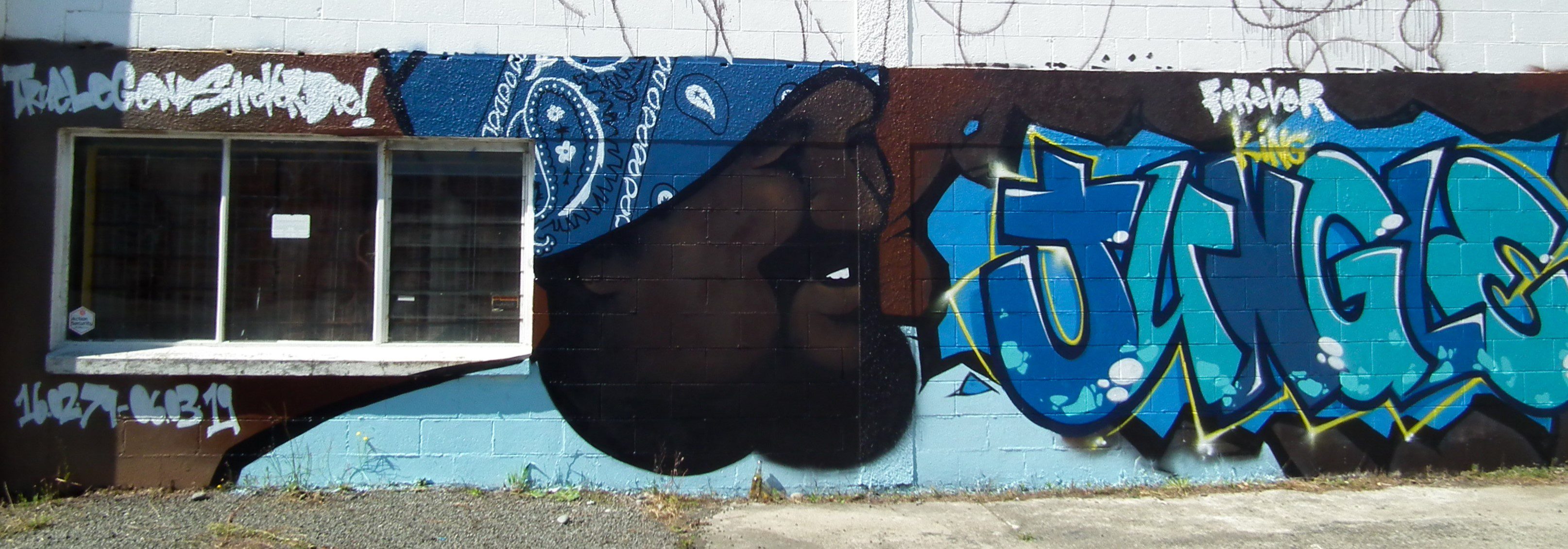
____________________________________________
“It is hard to write anything about Leon, as he hated any sort of praise. He would sort of squint his eyes and get a big smile and tell you to fuck up. For the past 5-6 days I have been typing and deleting because I can constantly hear him saying “Fuck up egg”, after anything I write.” – Fiasko
“Meeting Jungle is where he had his biggest influence on me. He was such a humble guy. He was funny and he was accepting of most people. I remember how he just didn’t believe he was any good.” – Fiasko
“[That authenticity] got him the status of being an OG in the graffiti scene, everyone respected the dude and looked up to him. [E]veryone just thought he was the coolest motherfucker in town, so he kind of like just got mad respect from everyone and everyone wanted a little bit of him to rub off on them as far as graffiti goes…” – Dcypher
“Everything about him influenced me. I would ask for advice on all things hip hop. He lived my raps too, he was my biggest support and fan.” – Kurs/Horra
“With Jungle, it wasn’t just about tagging, he was the connect for all things hip hop for me. He was listening to Kendrick Lamar when Kendrick Lamar was still a teenager and he put me onto the Black Hippies, and then 5-6 years later, Kendrick Lamar’s blowing up… everyone he sort of pushed in my direction became real big at some point.” – Kurs/Horra
“… [A] few of us were hanging out at the old hack circle in Cashel Mall, high as can be, and these two cops walk past, one a blonde female. We’re are all paranoid and silent, then Jungle just blurts out, “Faaah, you’re pretty for a cop!” She just smiles, says thanks, and kept walking on by!” – Pest5
“He was super good at skateboarding too. Skateboarding is a big part of my life and he got real good, real quick and could skate spots that were fucking super crazy, spots that no one else could skate, and so he kind of crossed over into skateboard culture, which was part of the graffiti culture…” – Dcypher
“He didn’t have that ego that somebody as prominent as he was can sometimes have… You can’t help but be influenced by somebody that’s up [everywhere], but then you met him, and he was like this hilarious person, just a genuinely dope dude. A lot of respect.” – Yikes
“Leon was a really humble guy and always asked or was interested in what you’ve been up to when you bumped into him. I’m not sure if he actually realised that he was a fucking legend in the Christchurch graffiti scene.” – Lurq
“… [T]he first time Askew came to Christchurch, I felt obliged to introduce him to the legendary Jungle, but was a bit unsure how it would go as the man was often wary of strangers, and was in one of his feisty moods. After giving him a hearty handshake, he said thoughtfully, “Askew… you’re the man. But fuck you. But you’re the man… but fuck you!” High praise indeed! – Pest5
“He just loved all my weird shit. He was all about the weird side that I approach graffiti from, he gave me props for that. I’m ten years younger than these dudes, I was watching most of their early careers when I wasn’t even touching paints, so to have someone of that standing give you props, it’s cool man, its humbling.” – Yikes
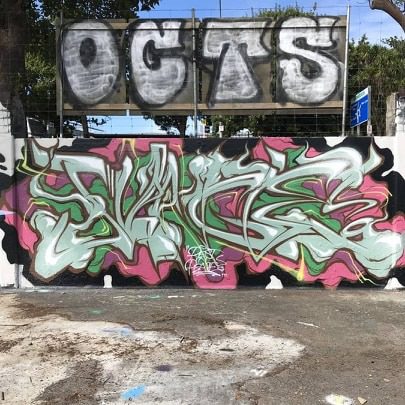
____________________________________________
Read Part Two of Tributes to a King here


